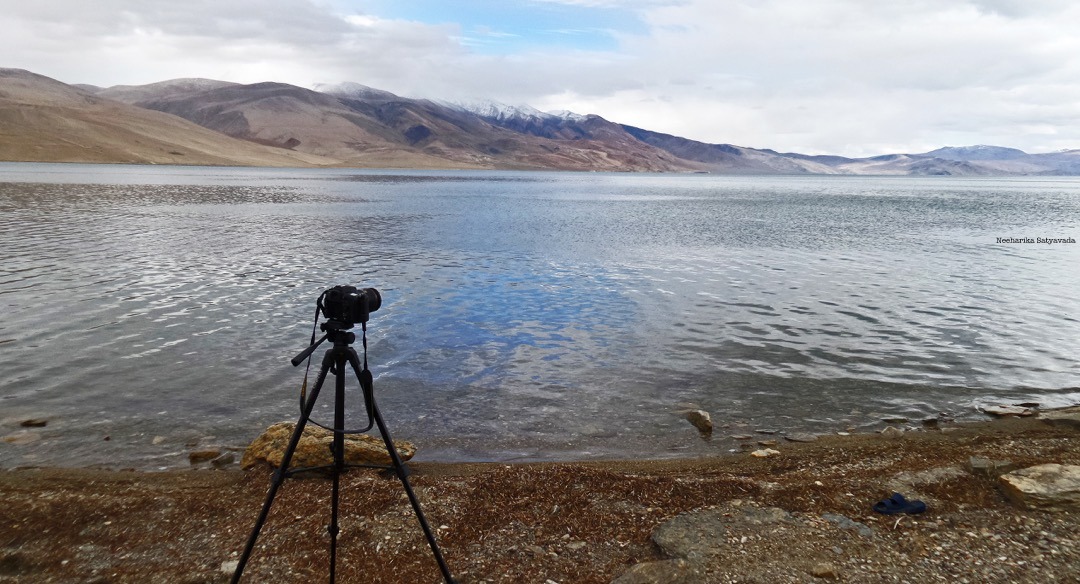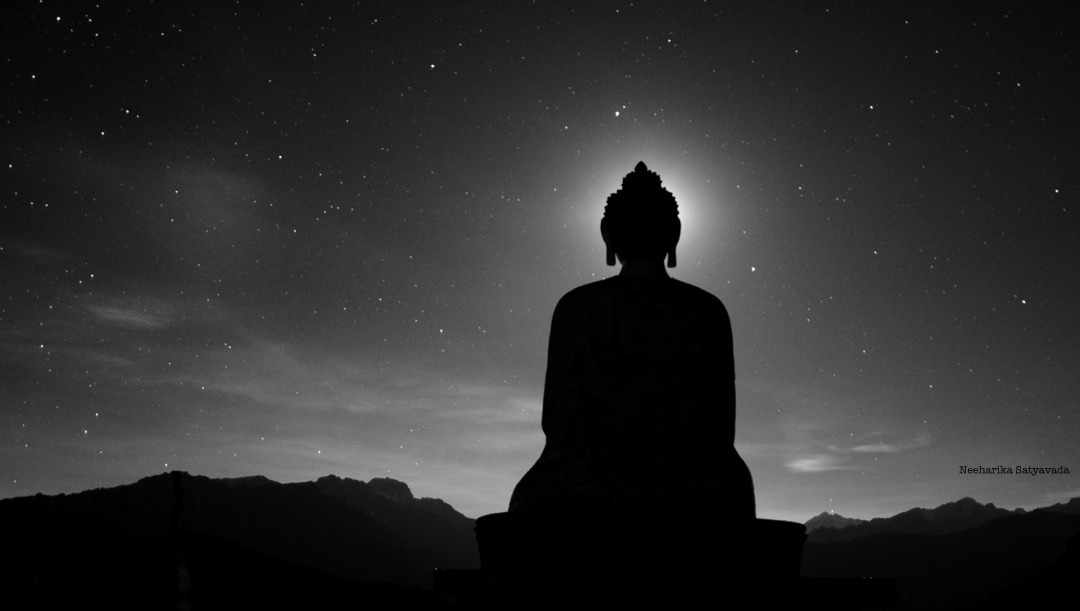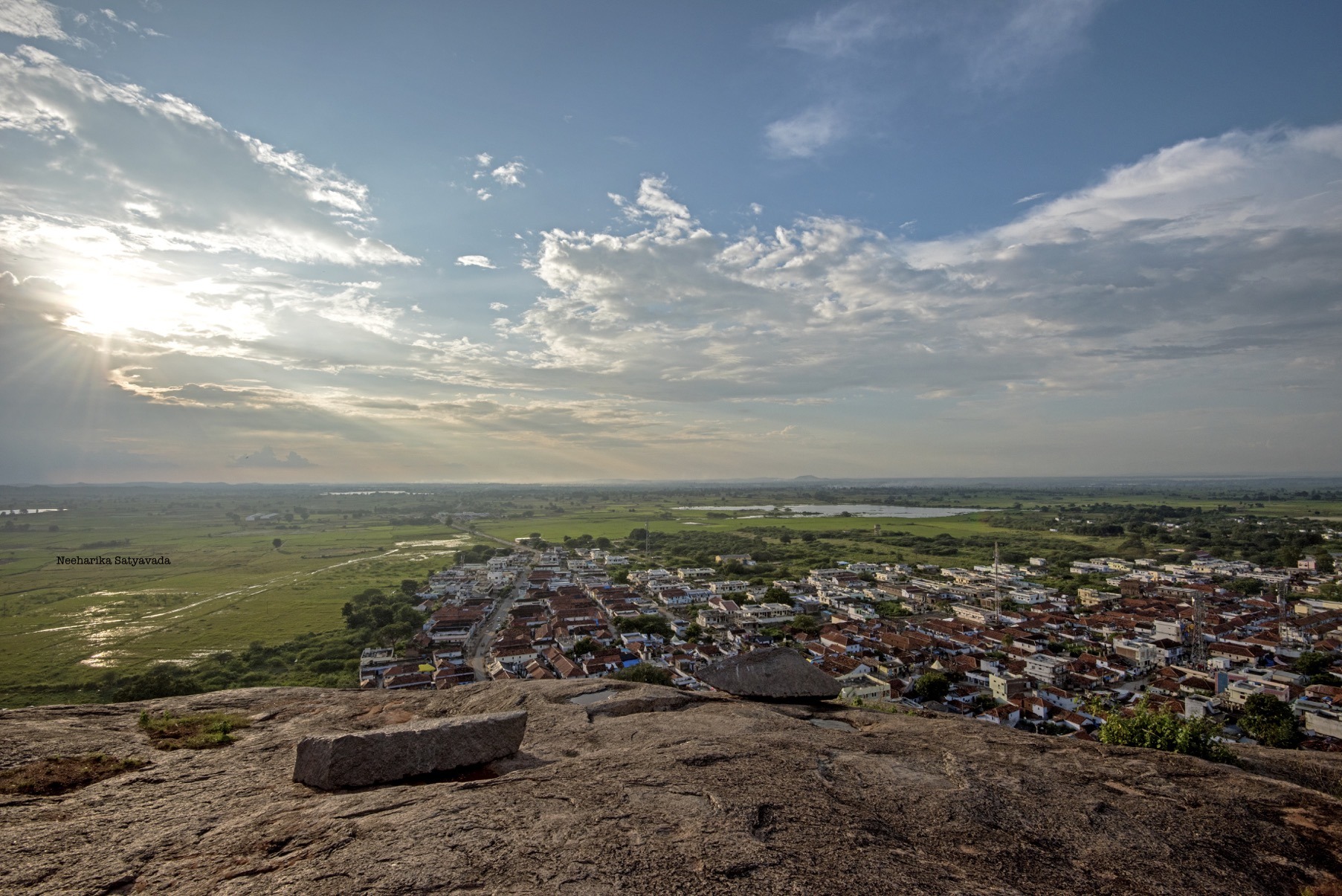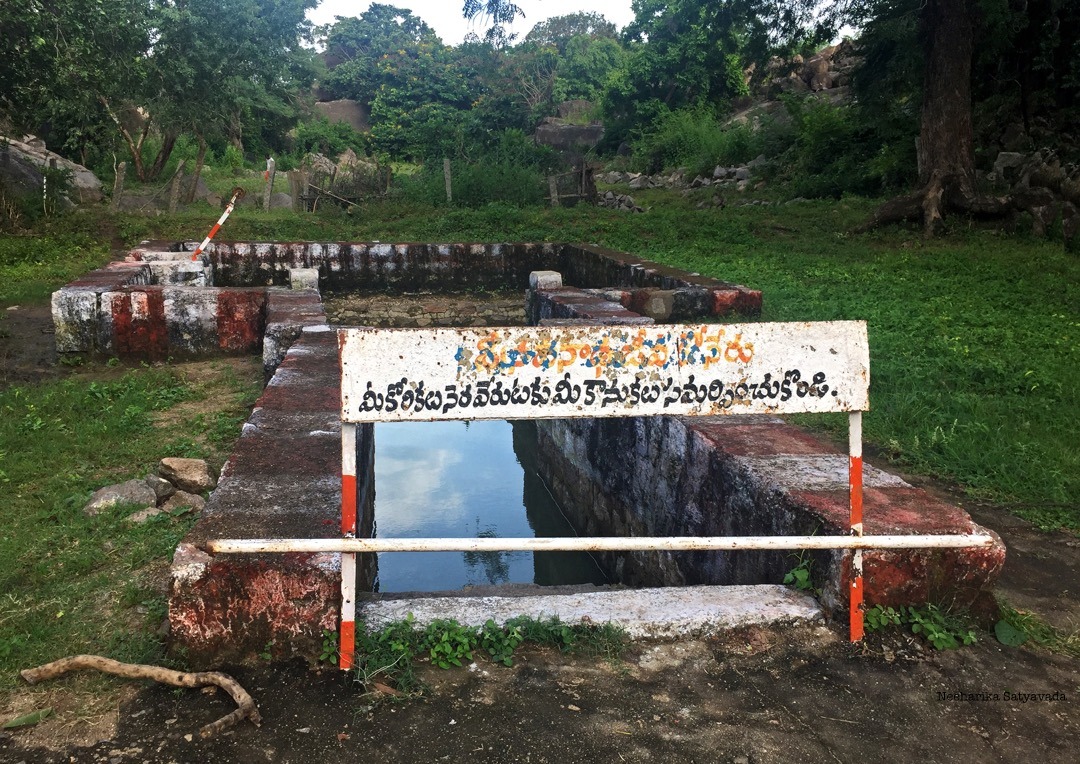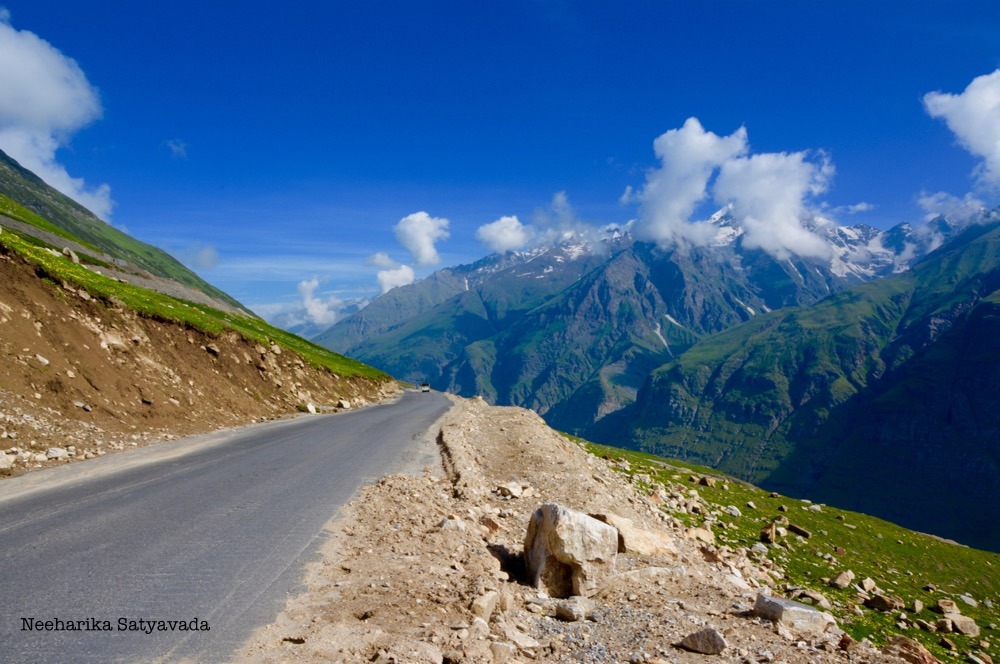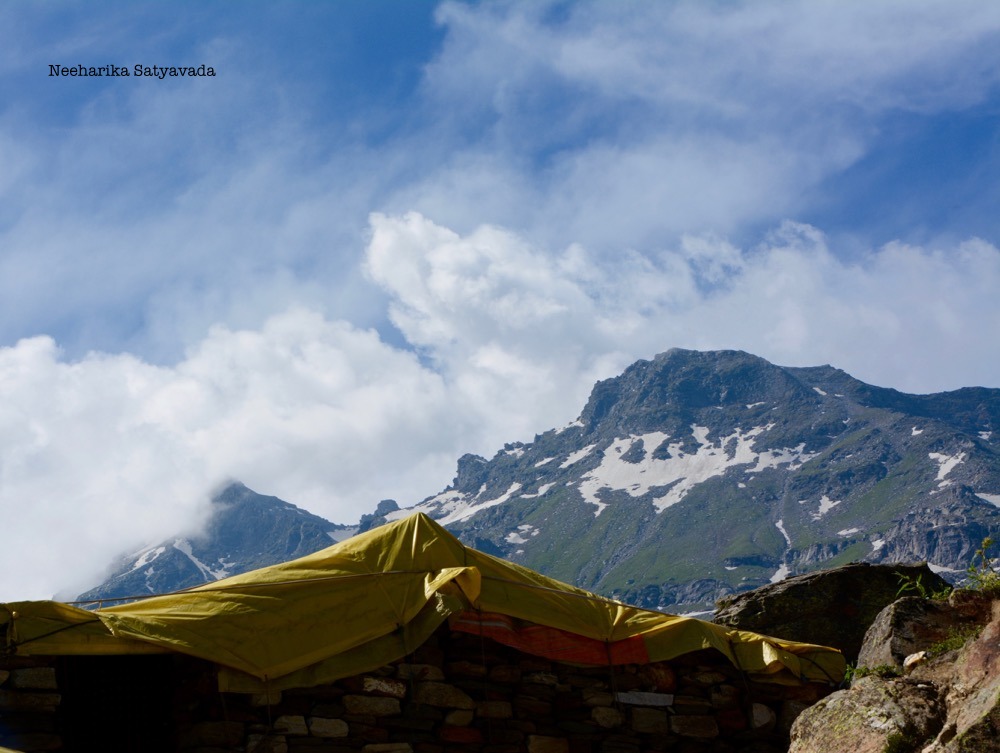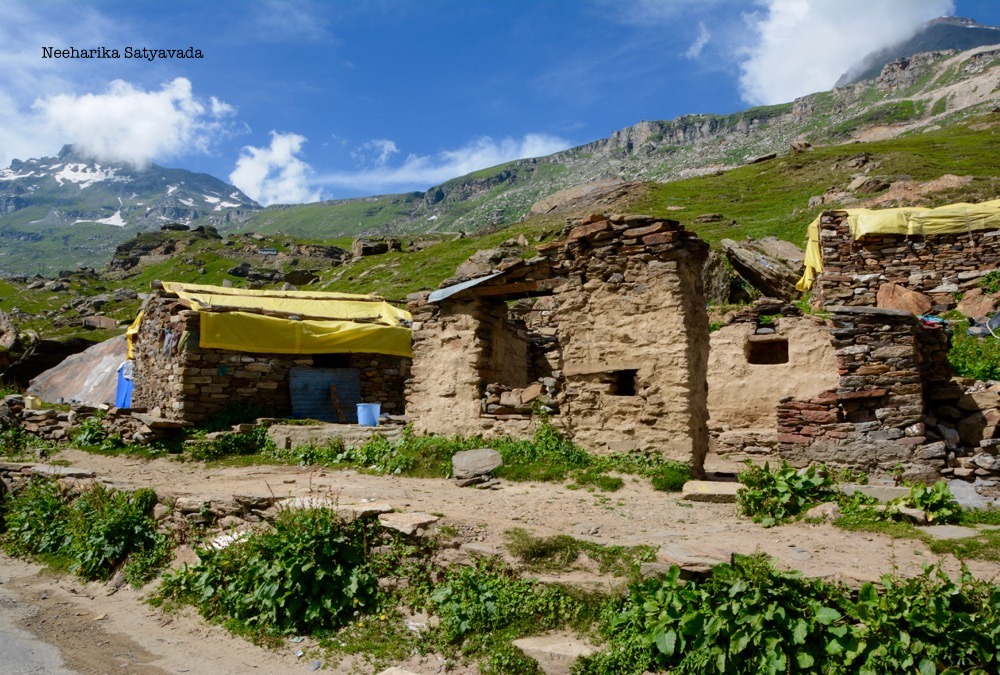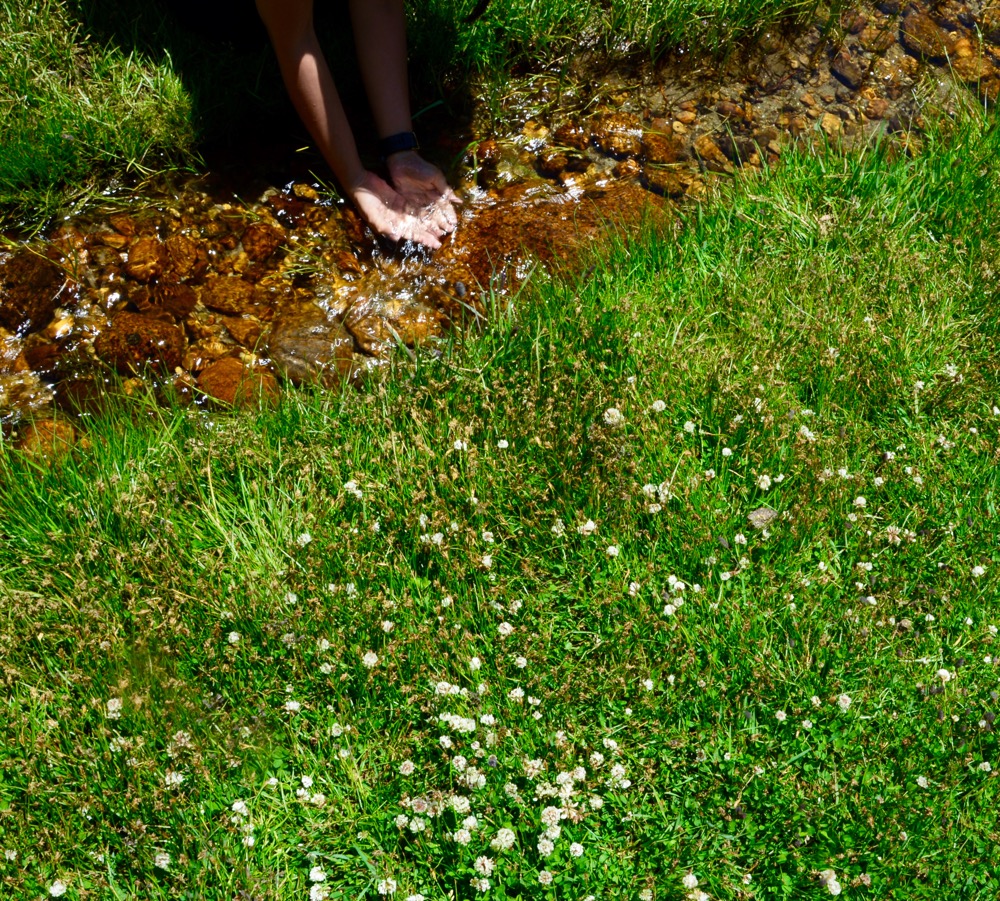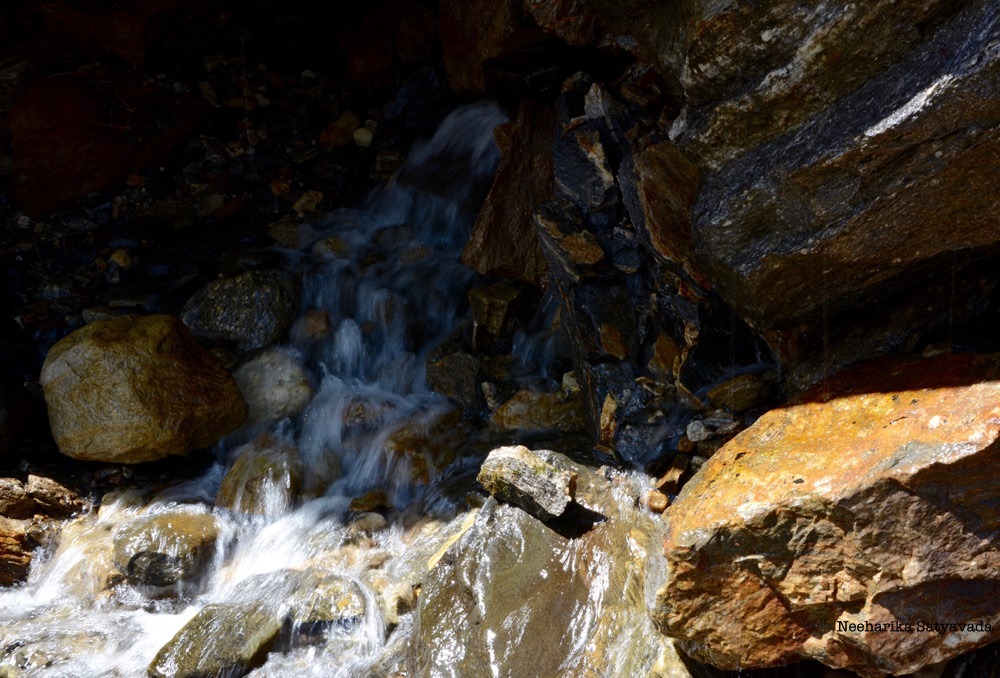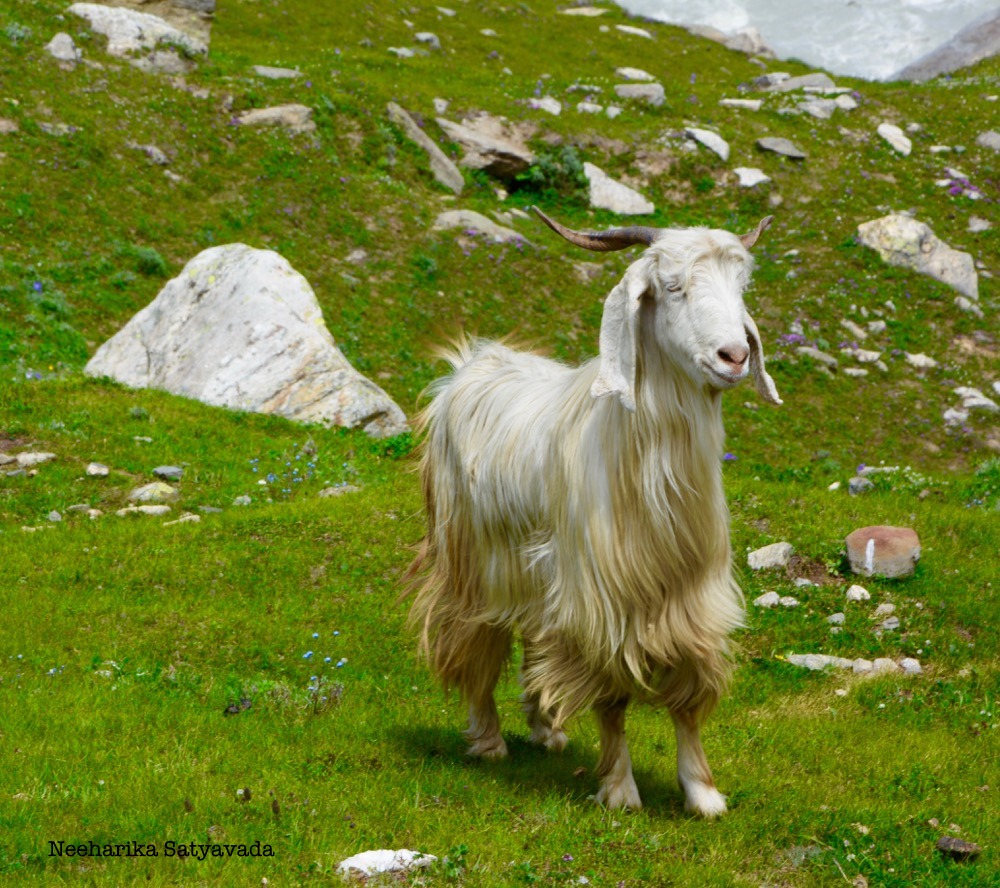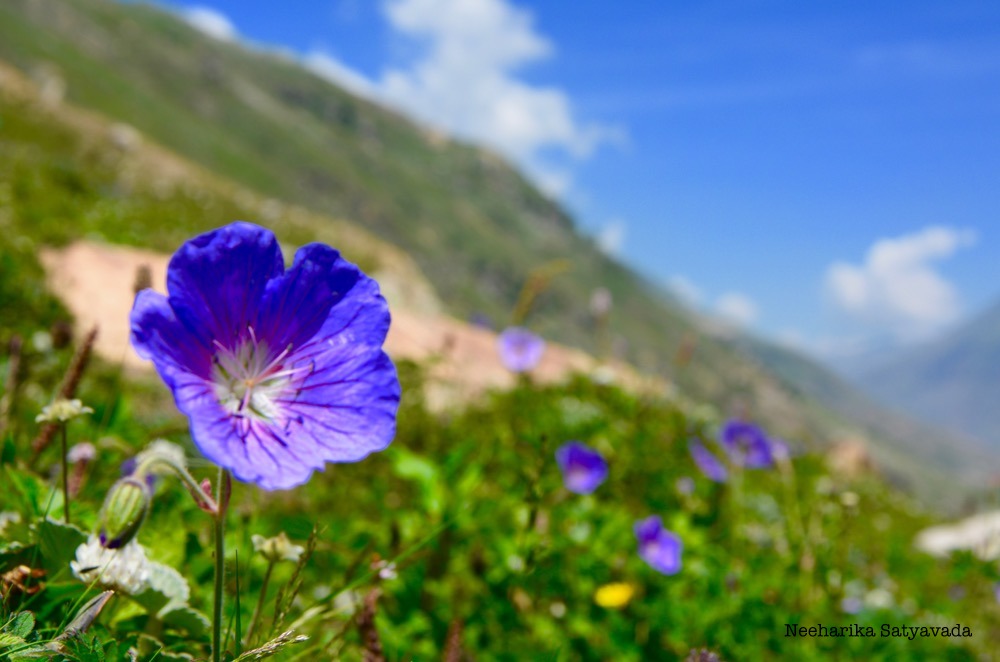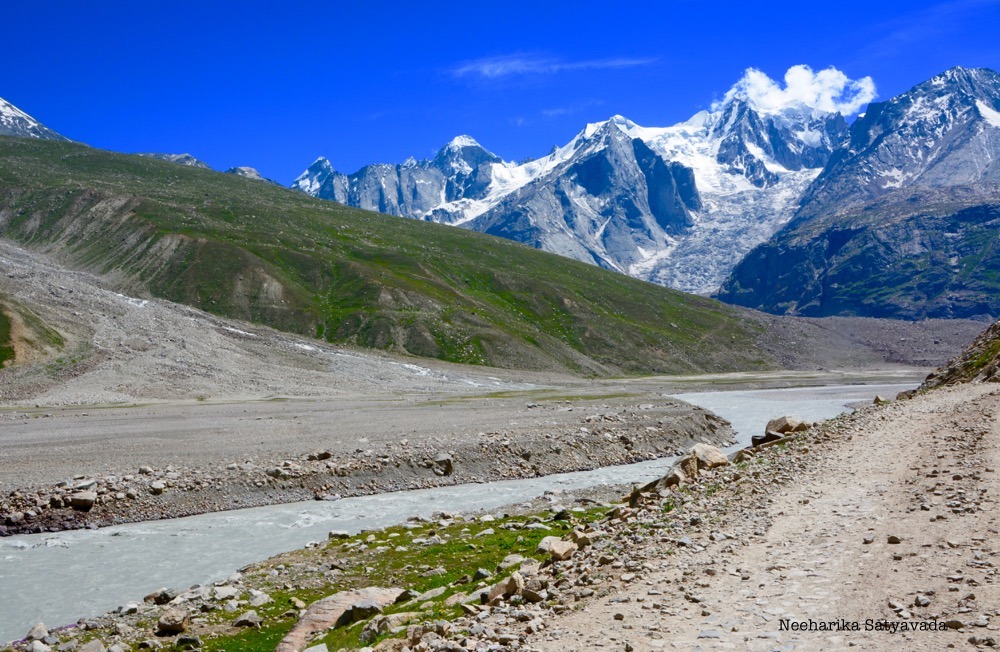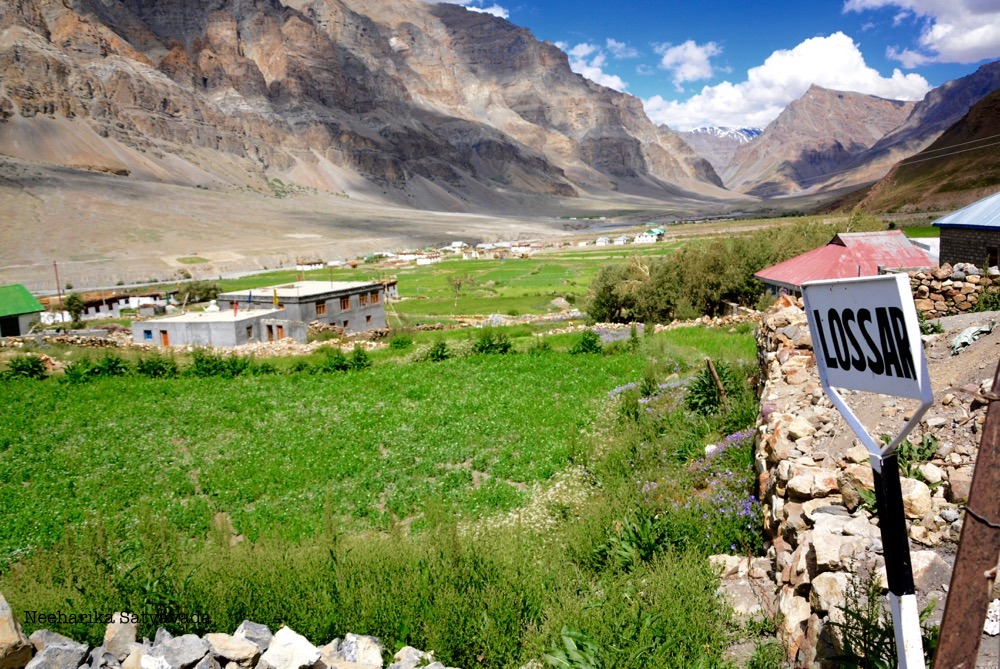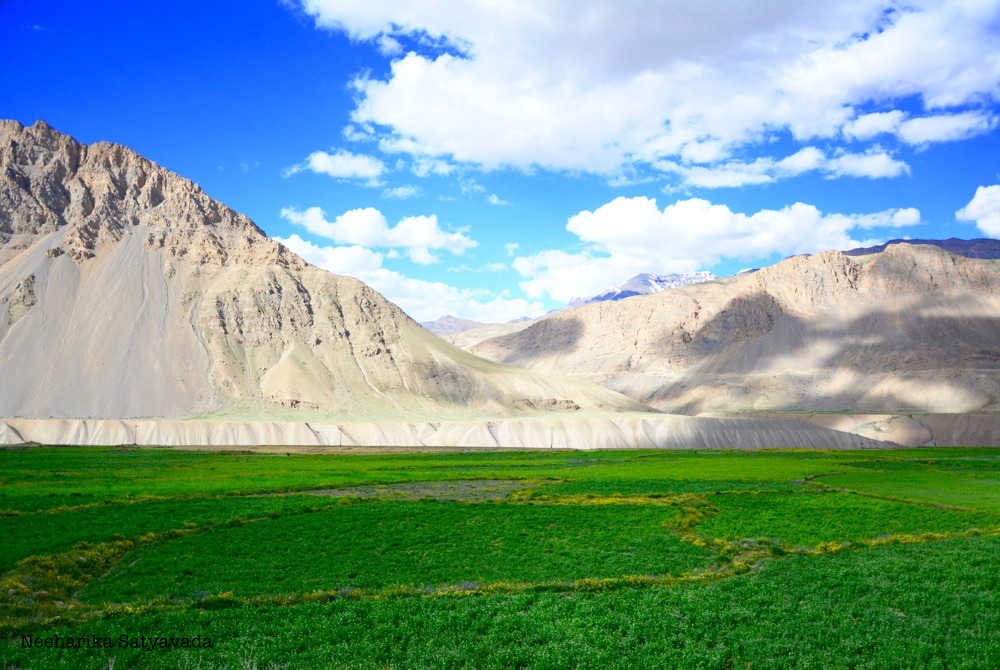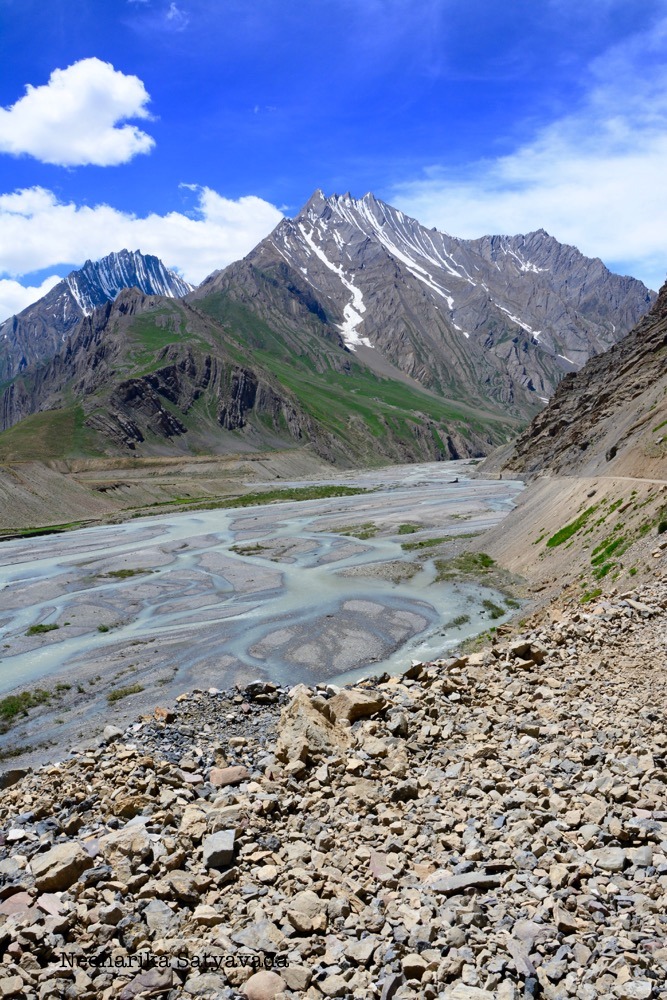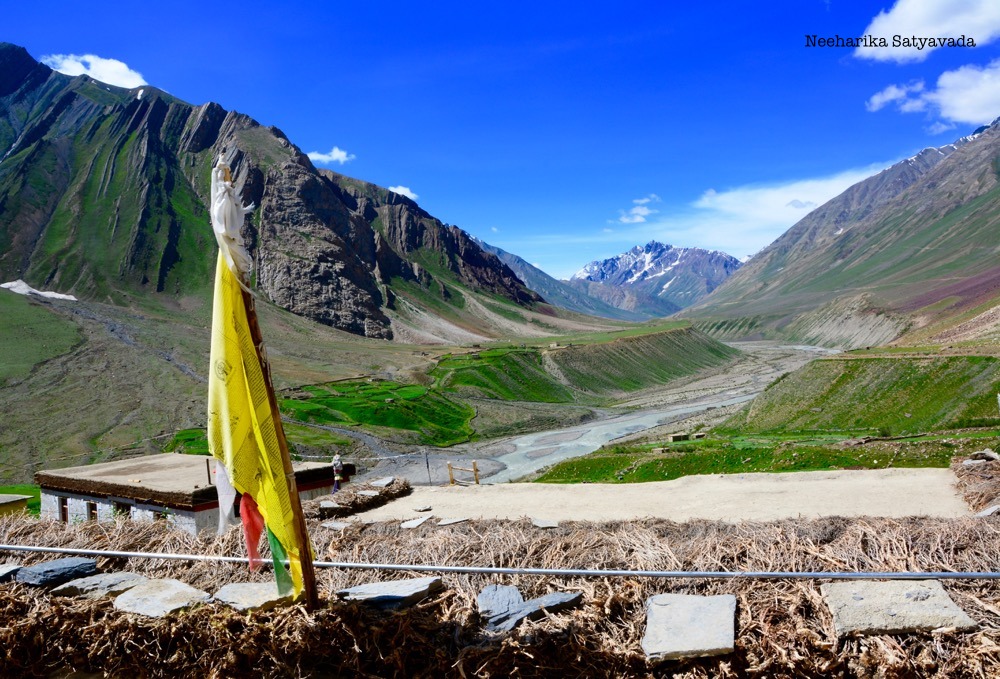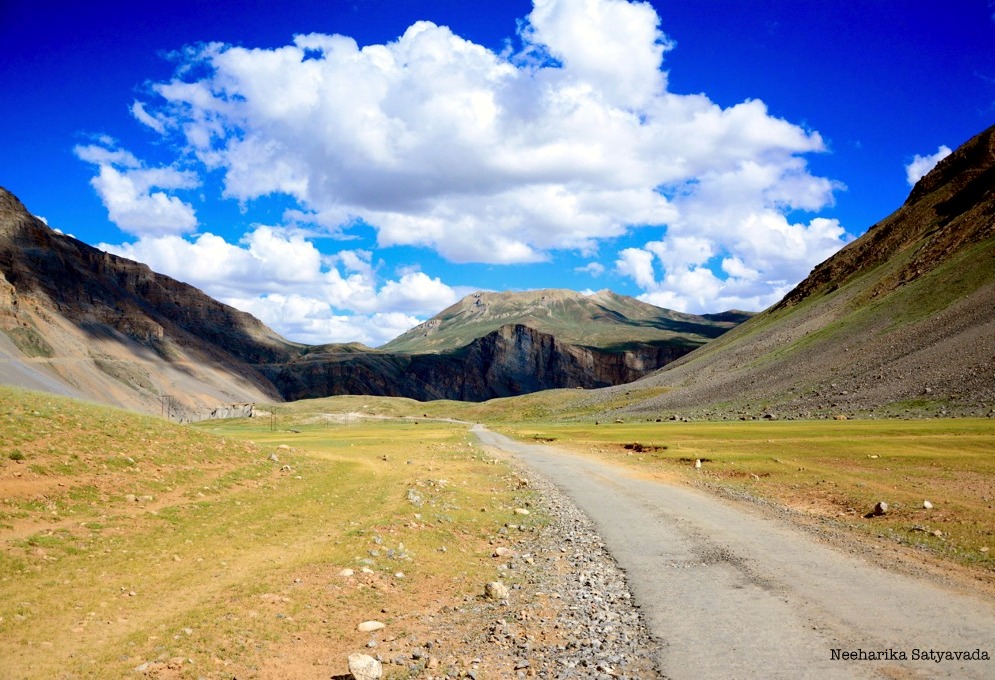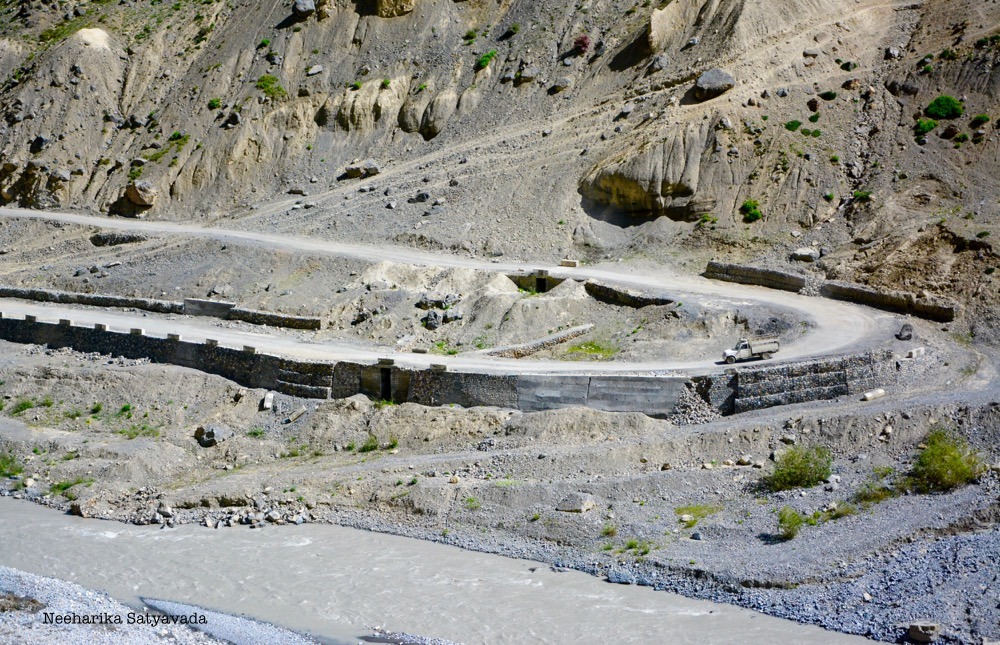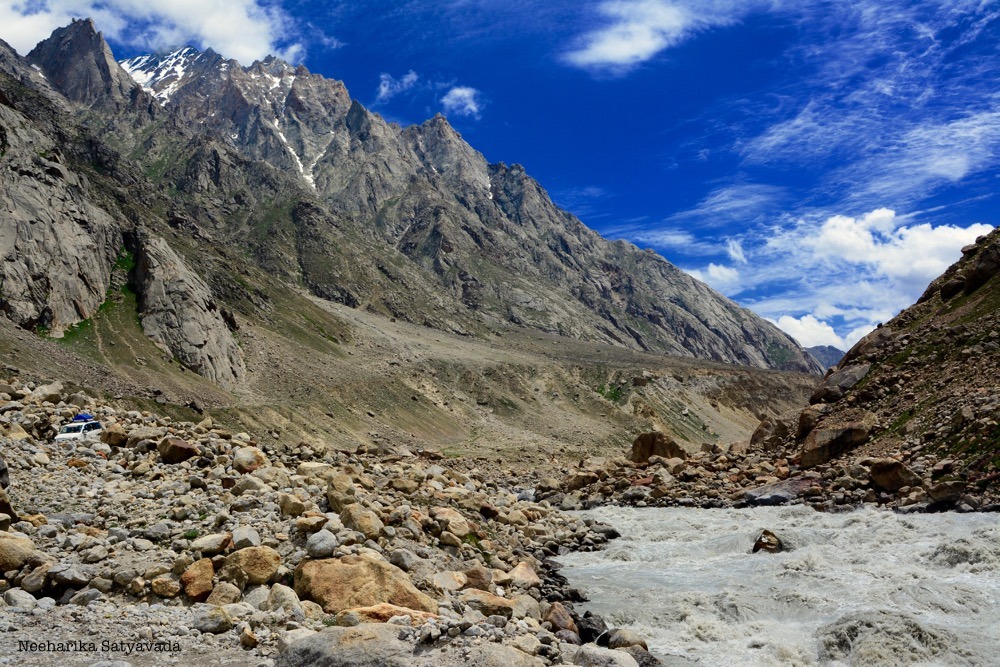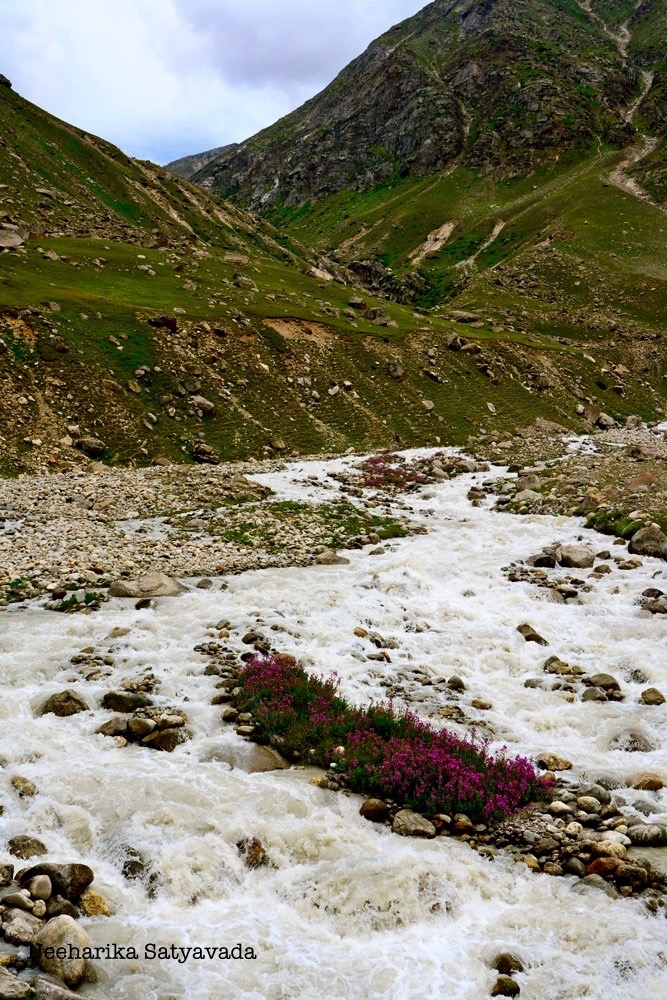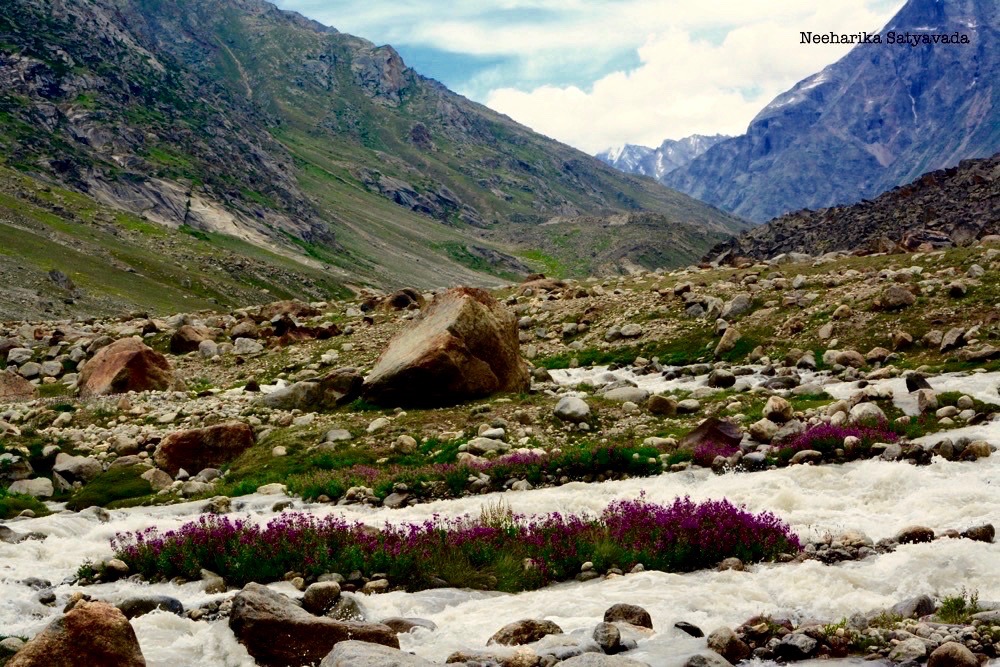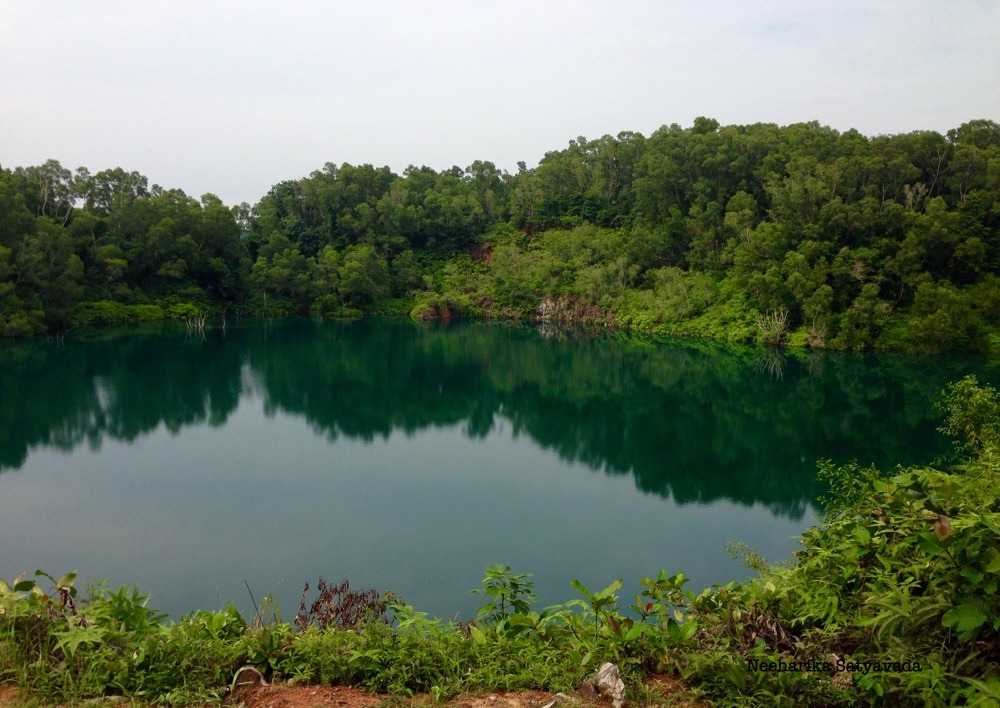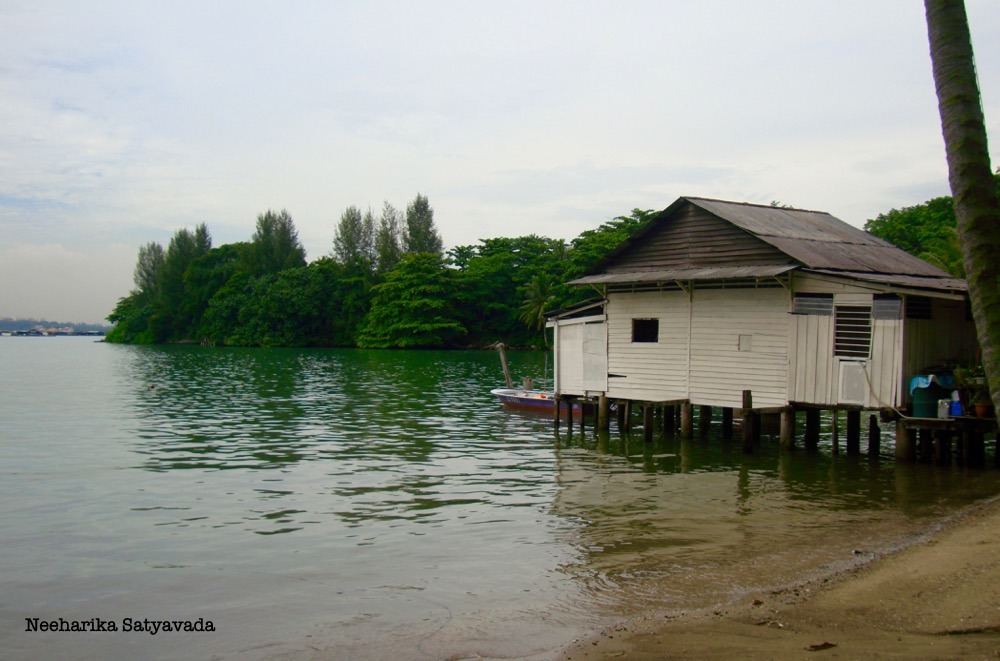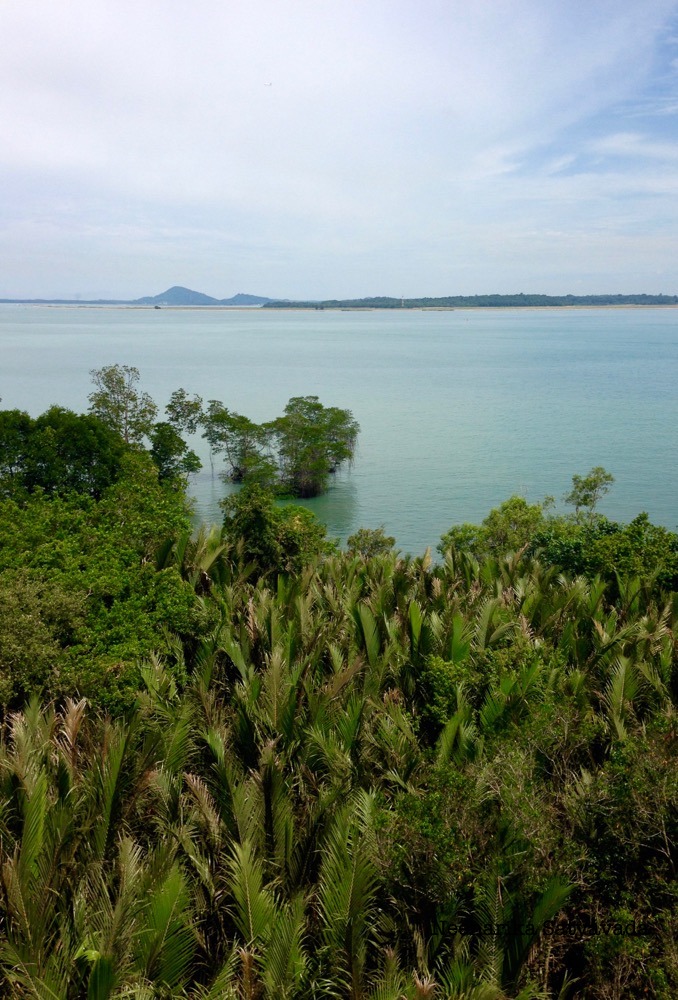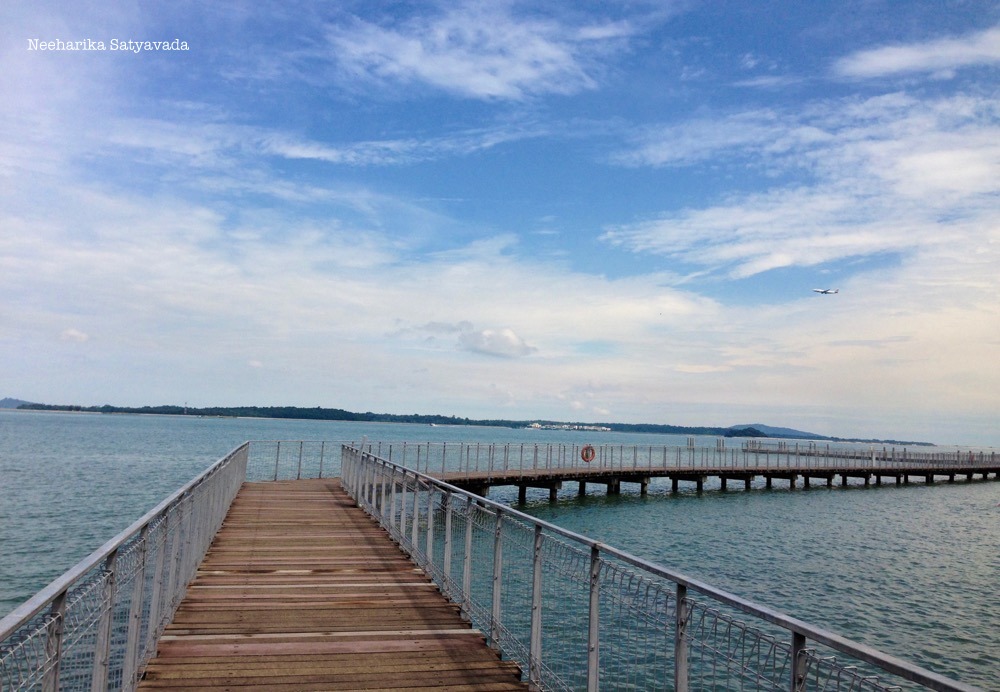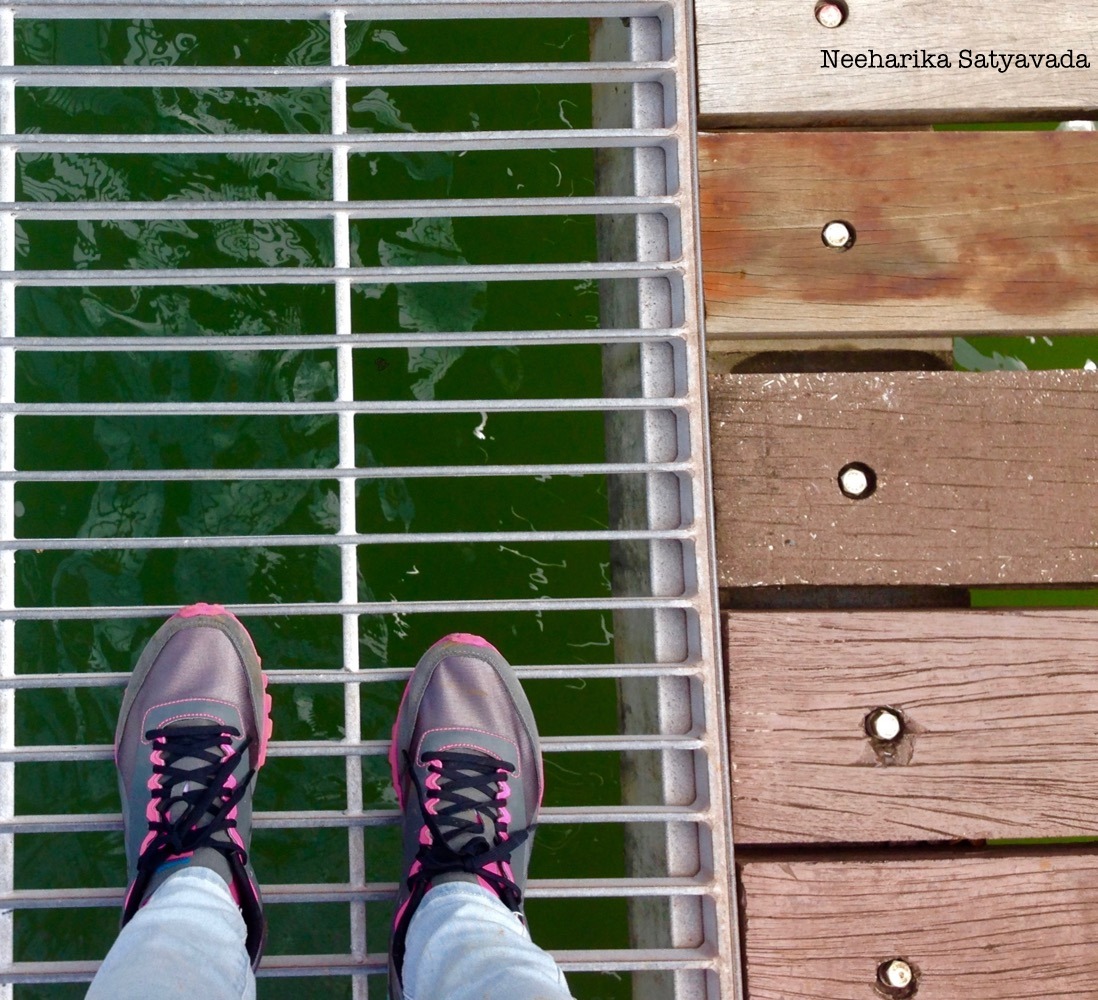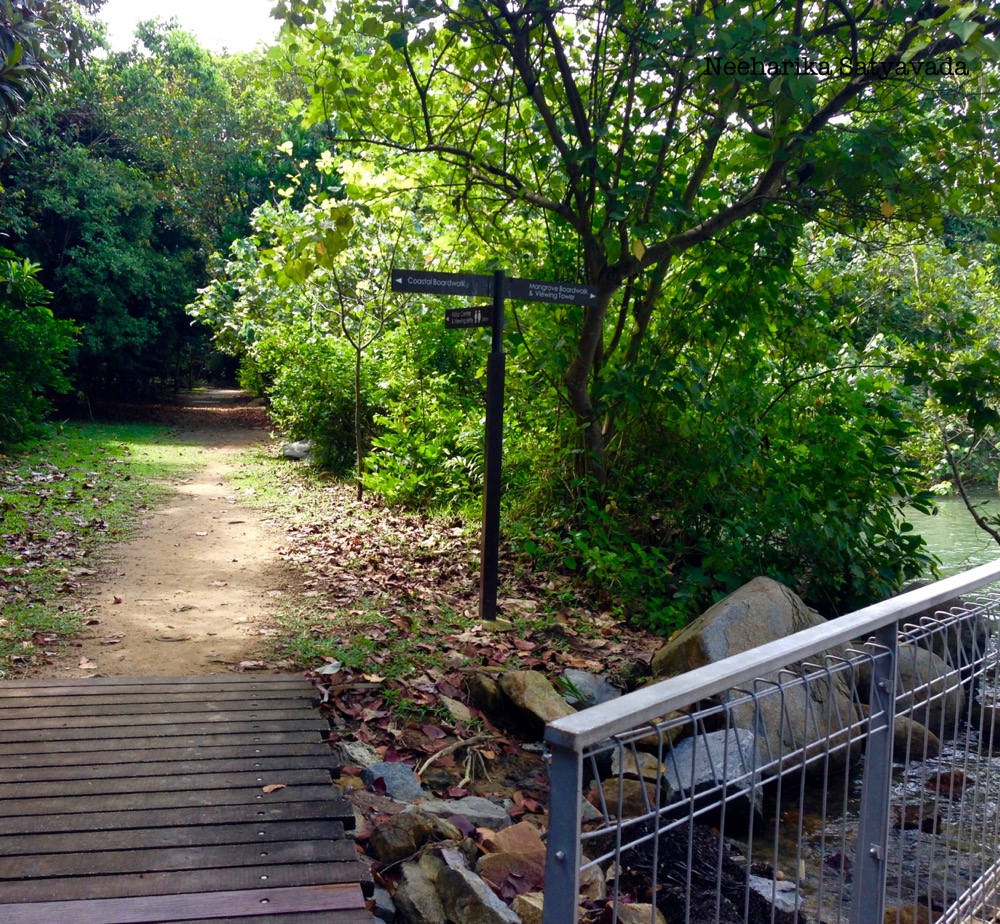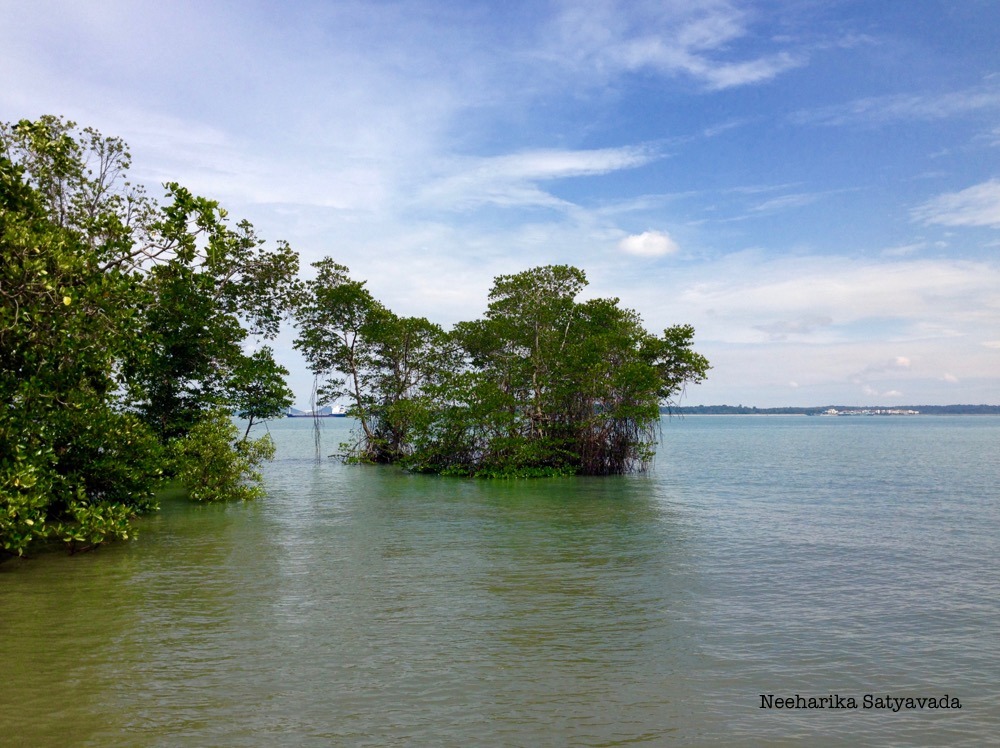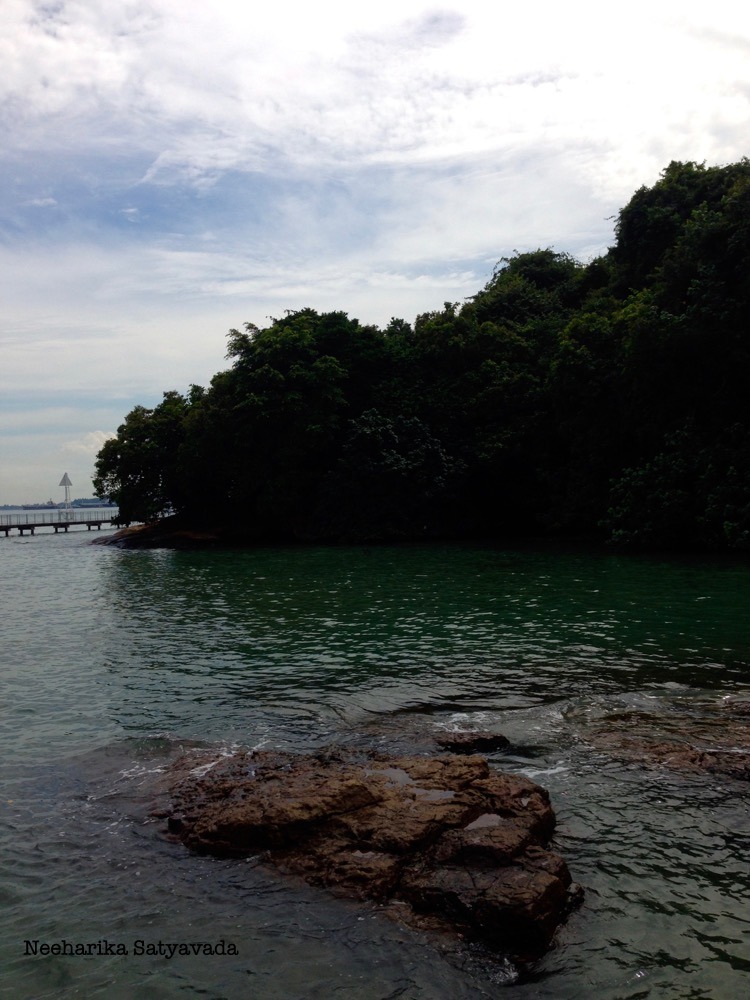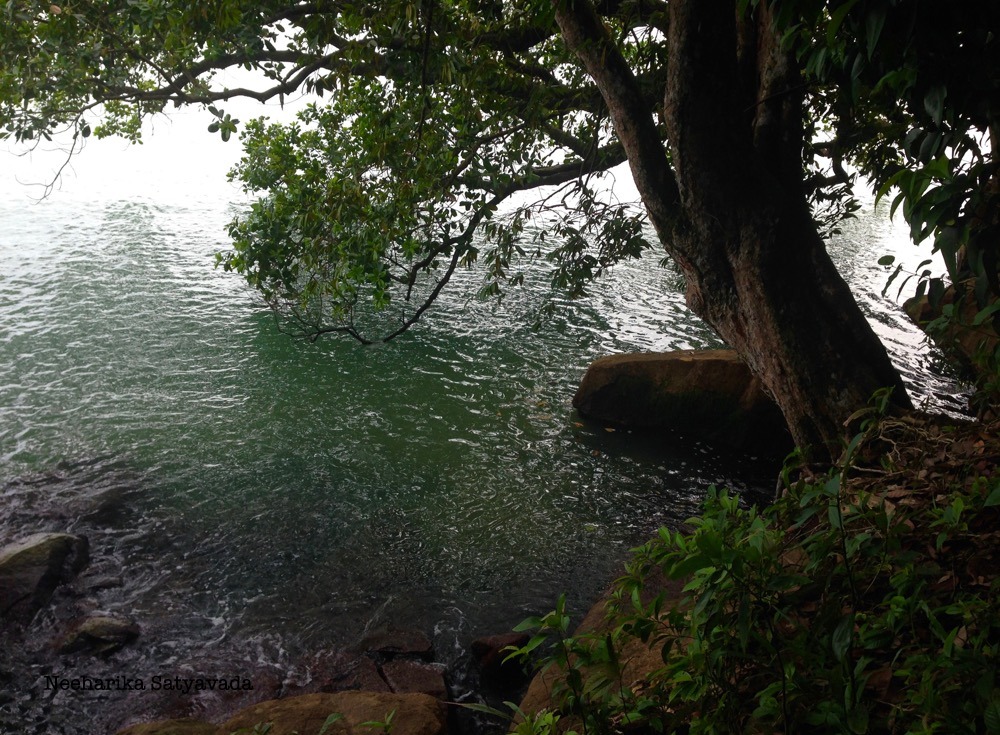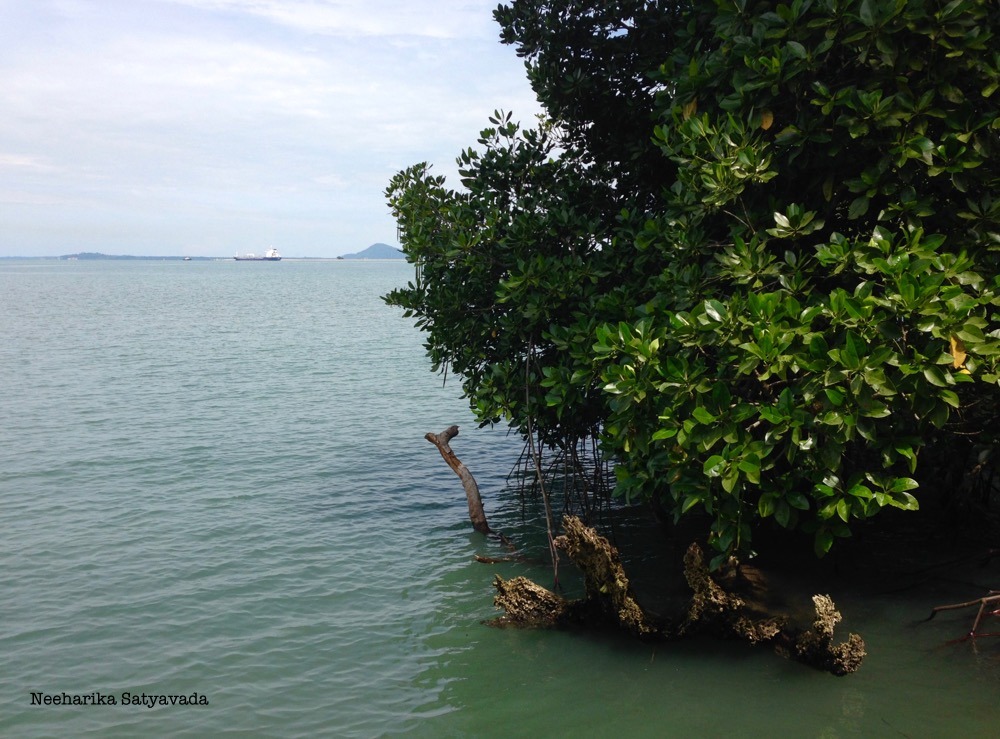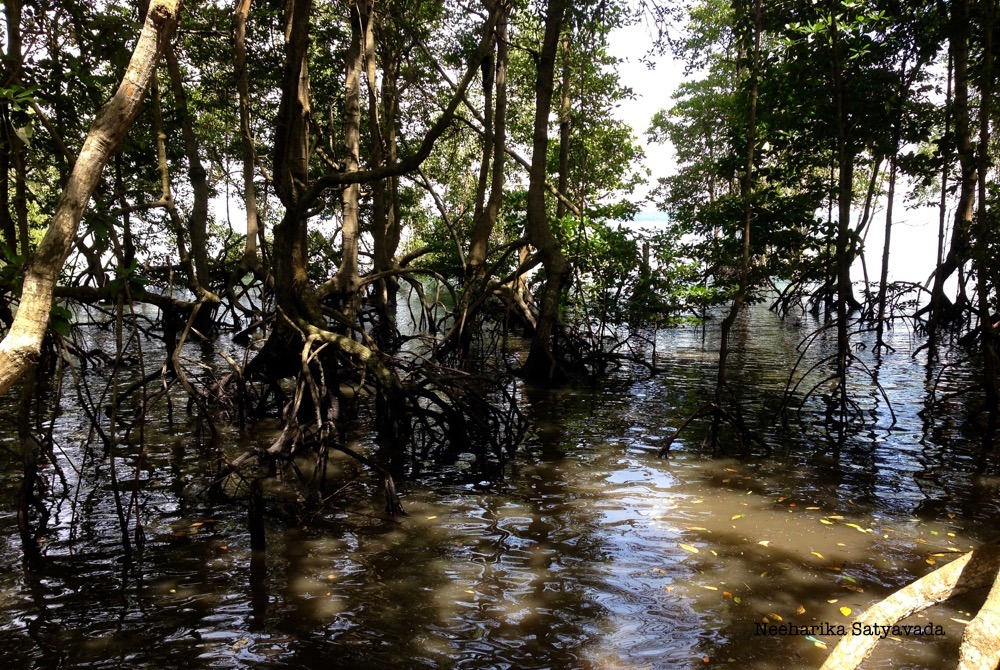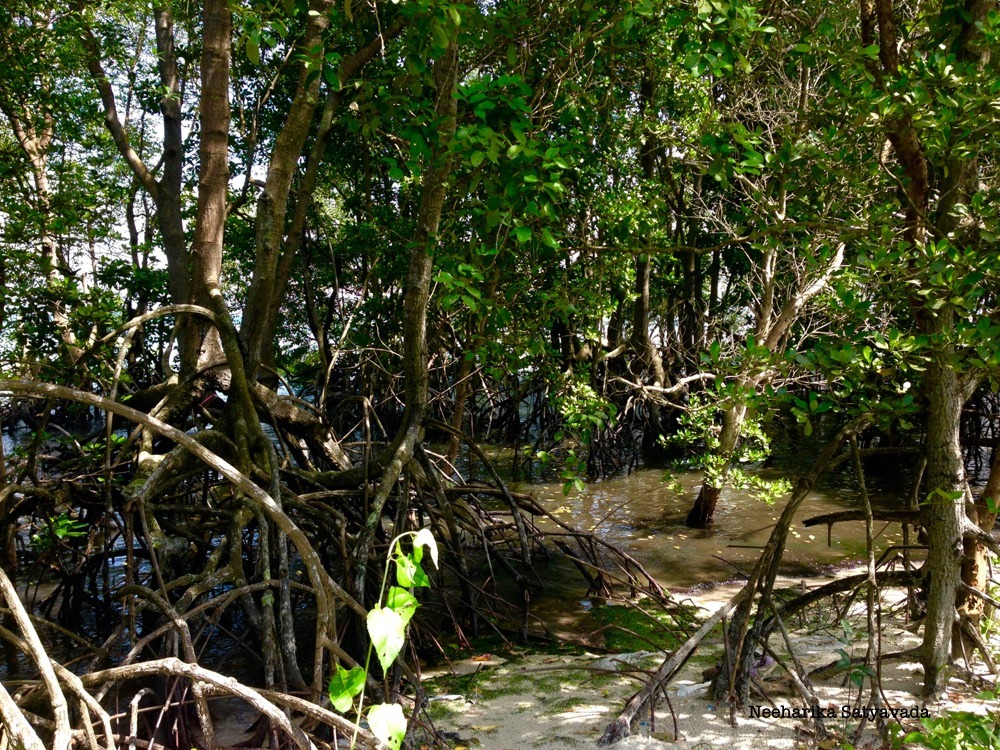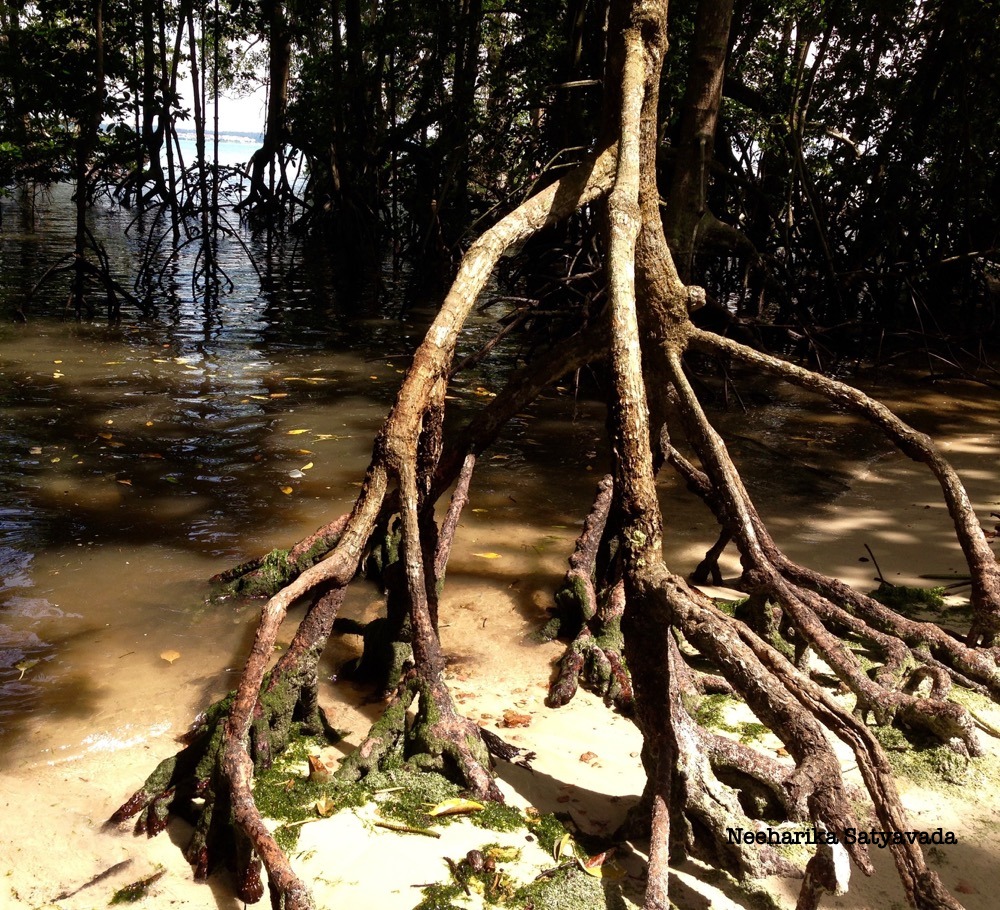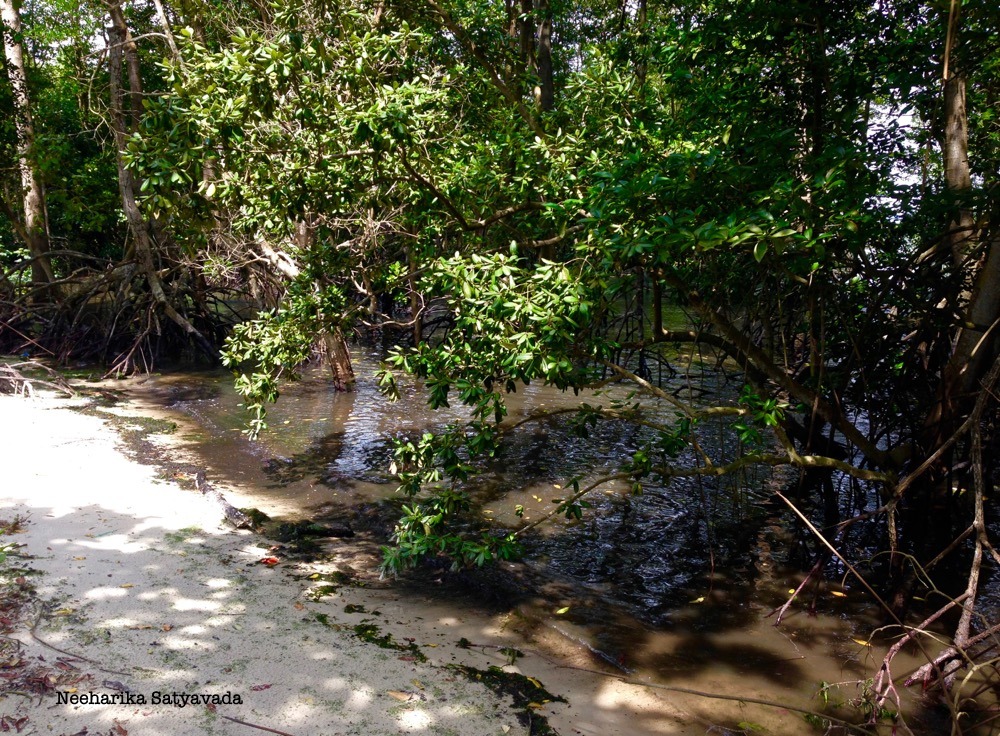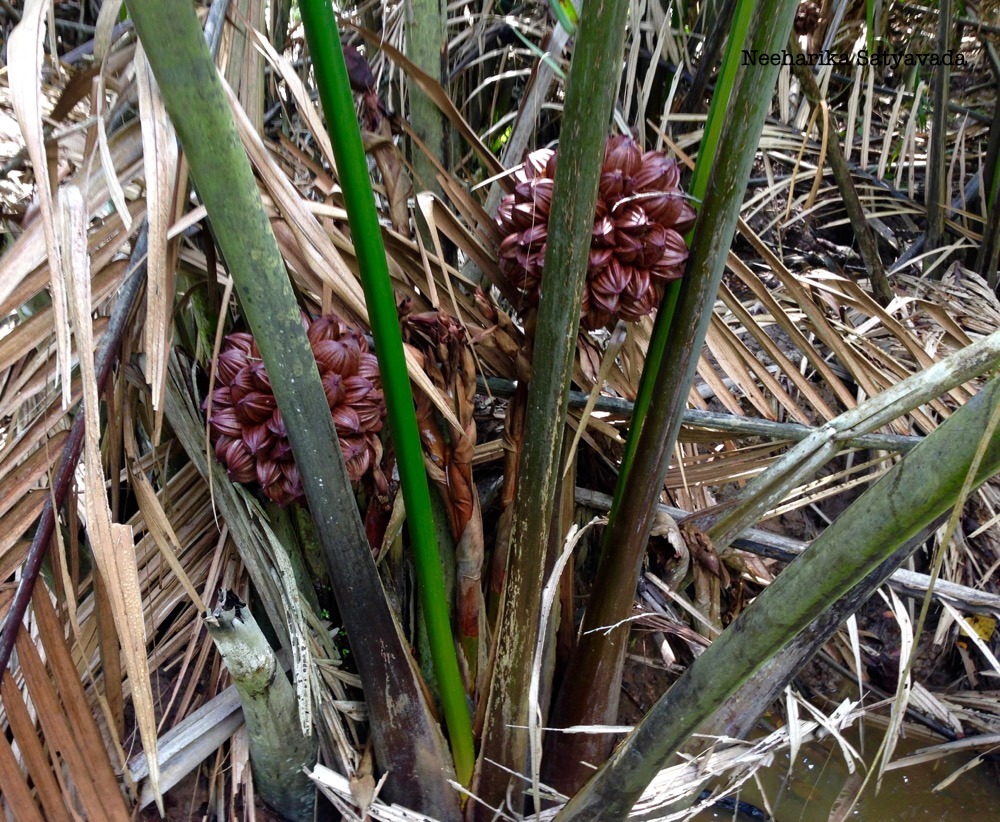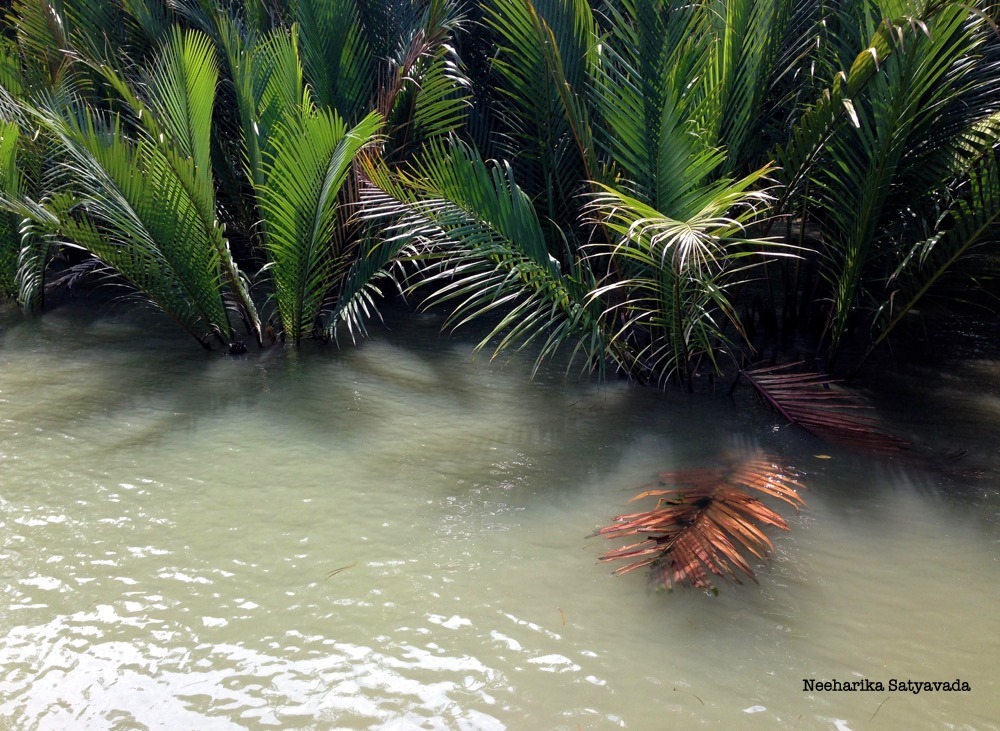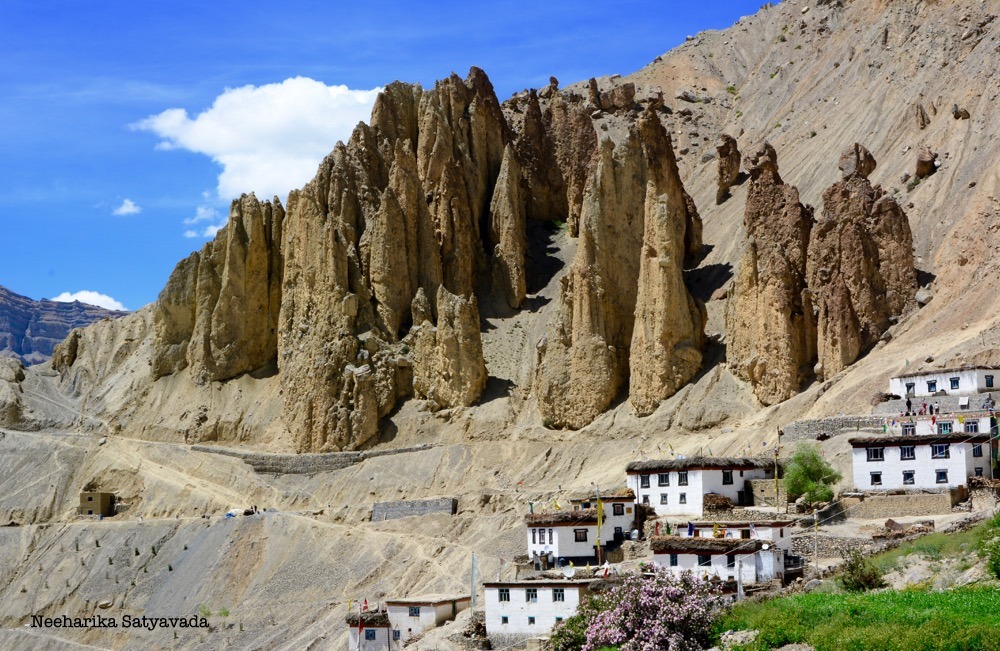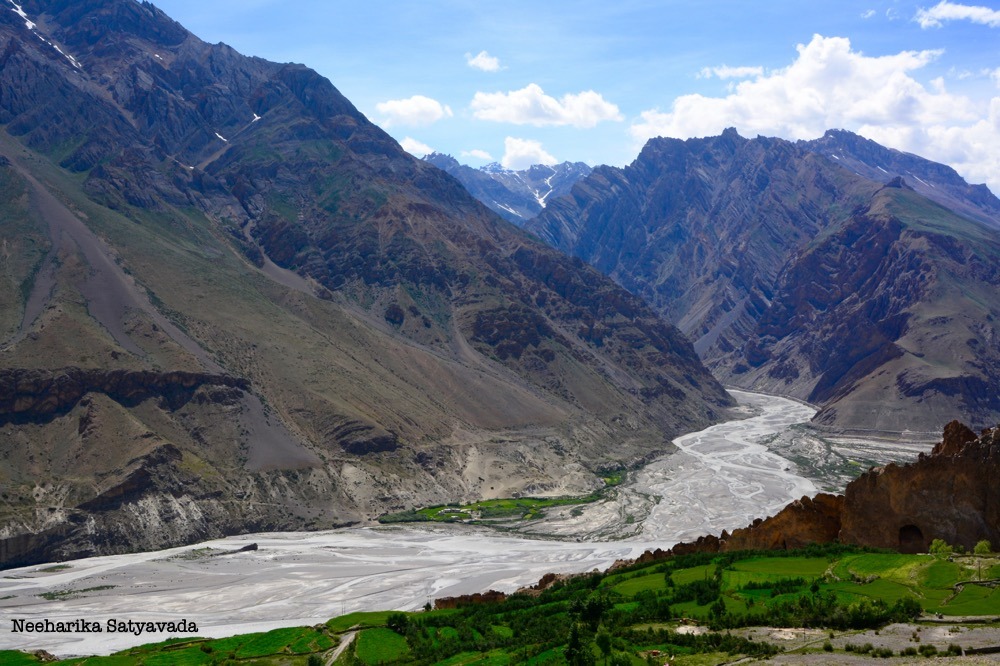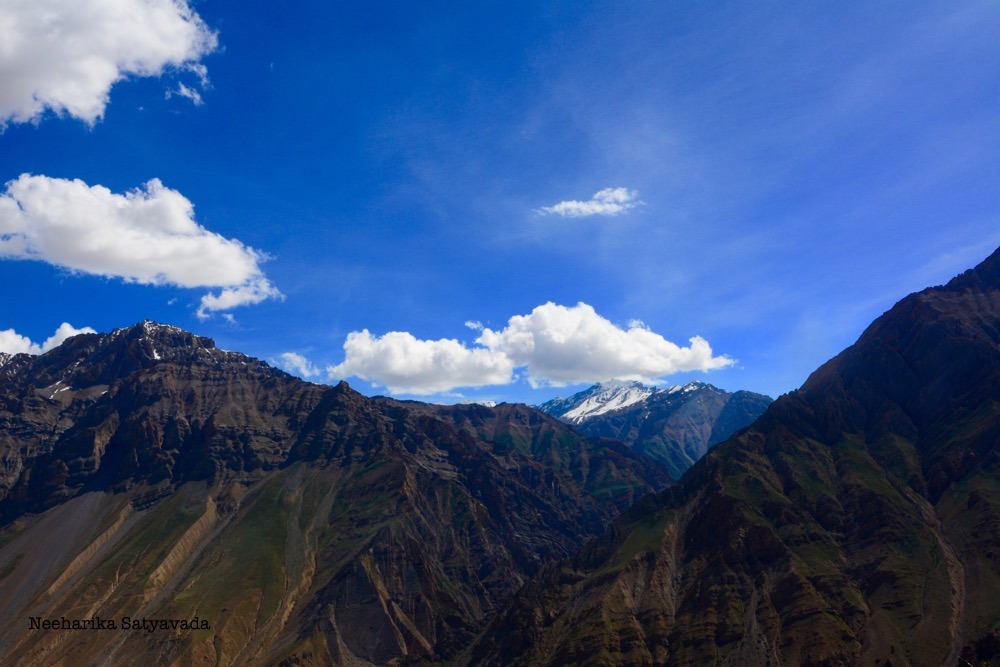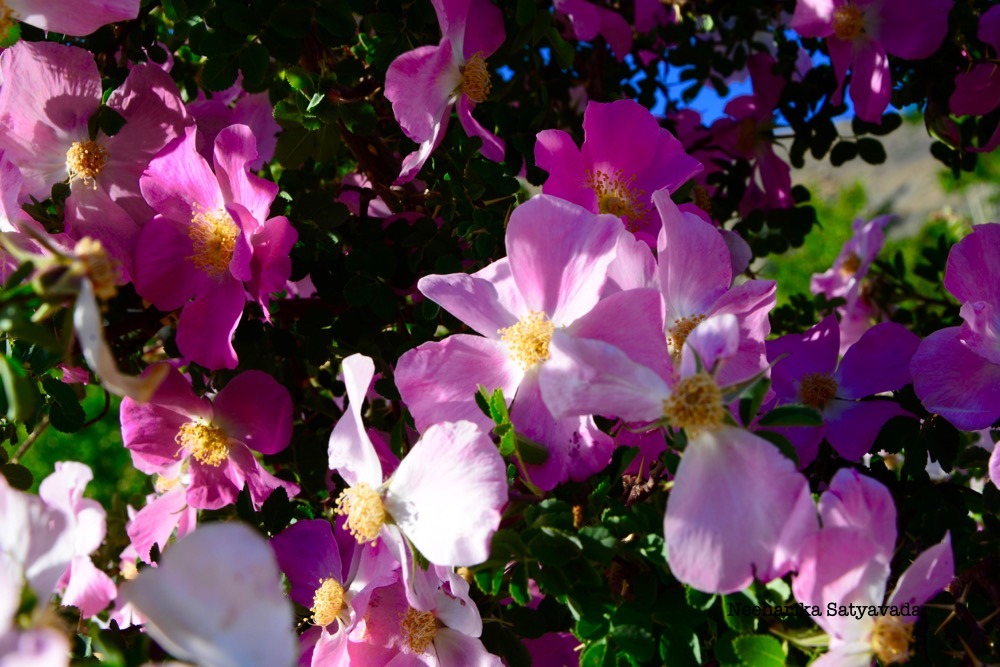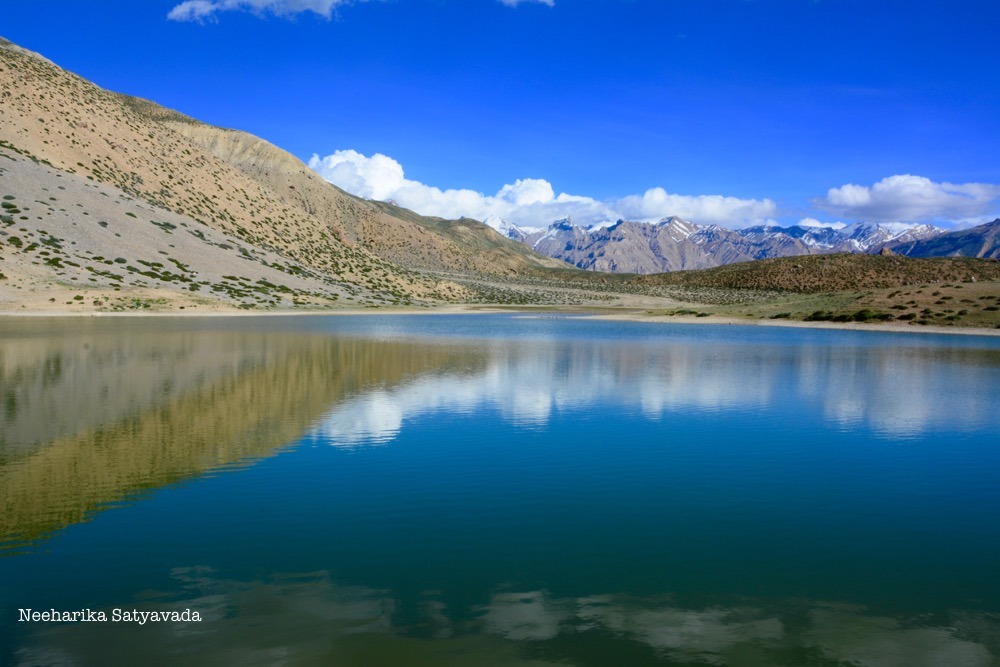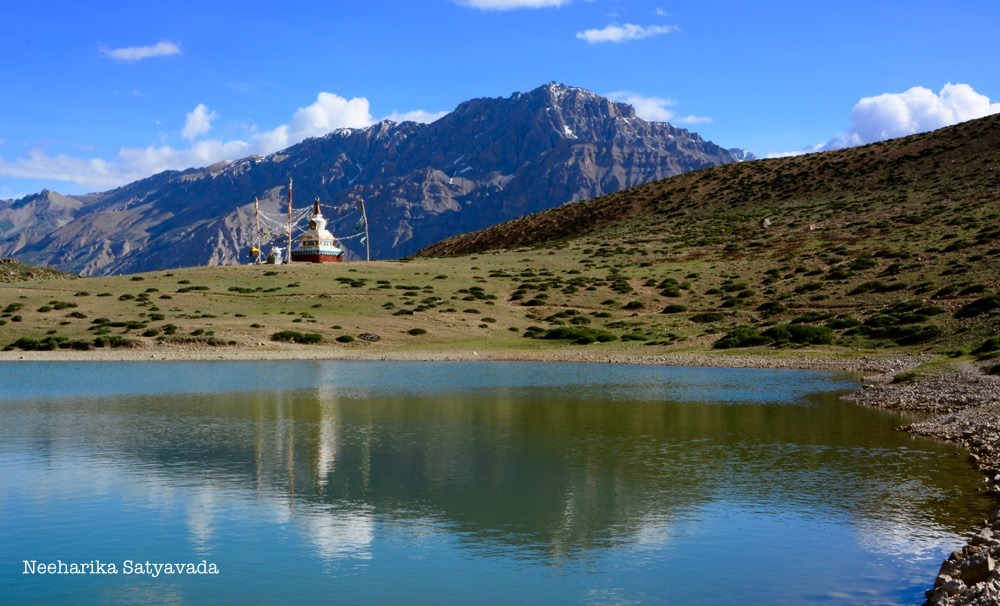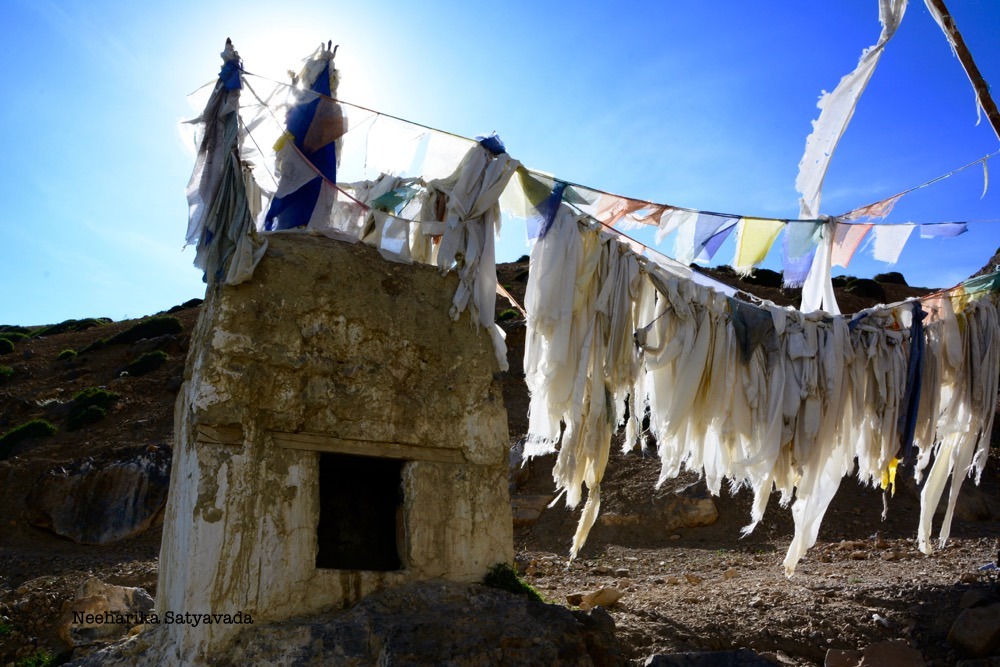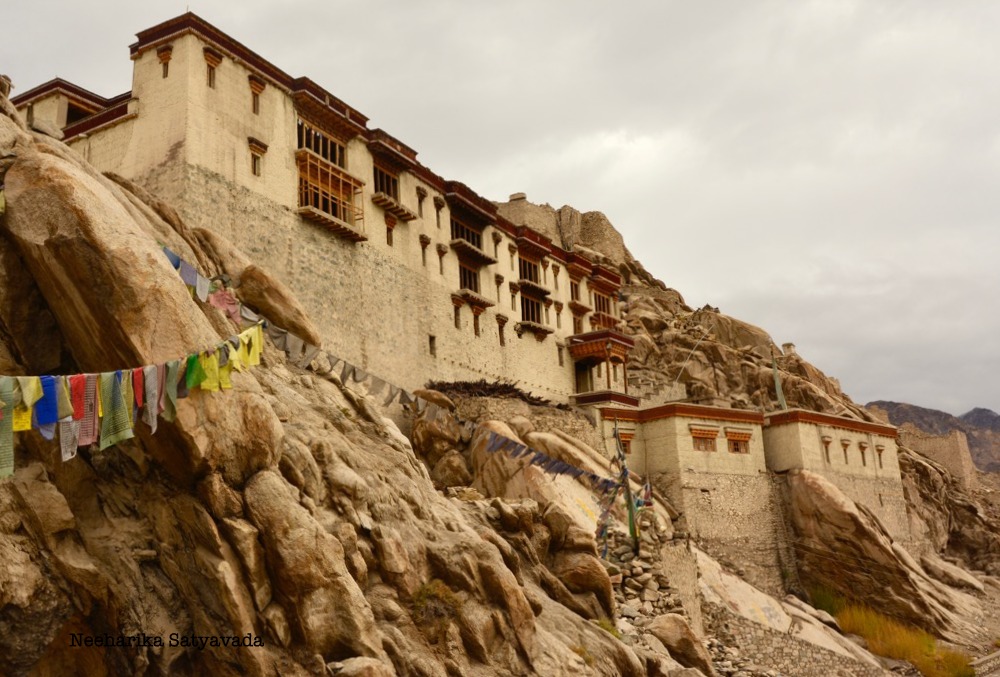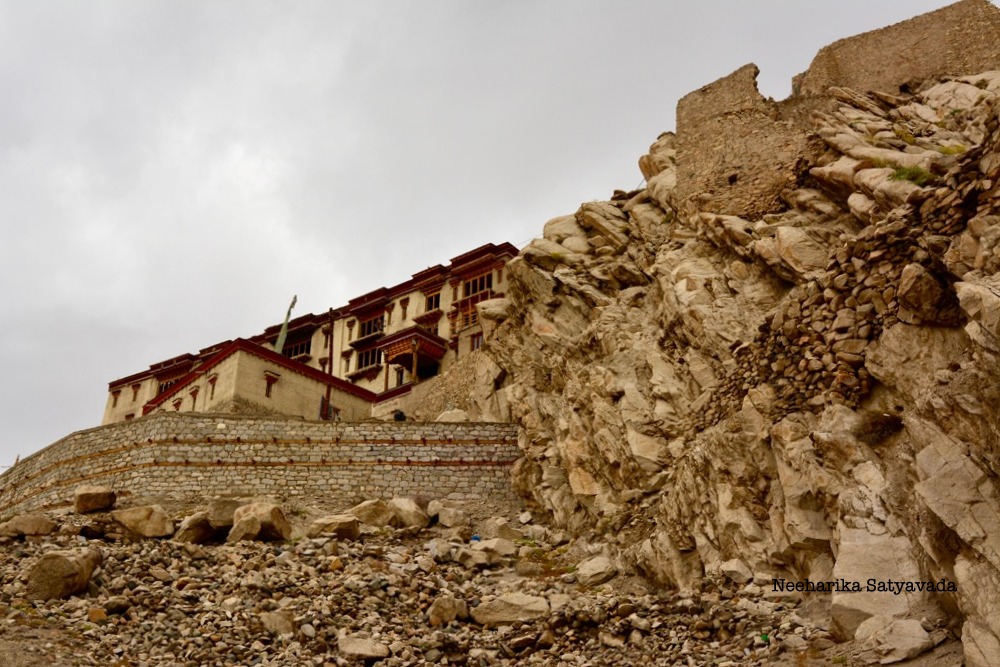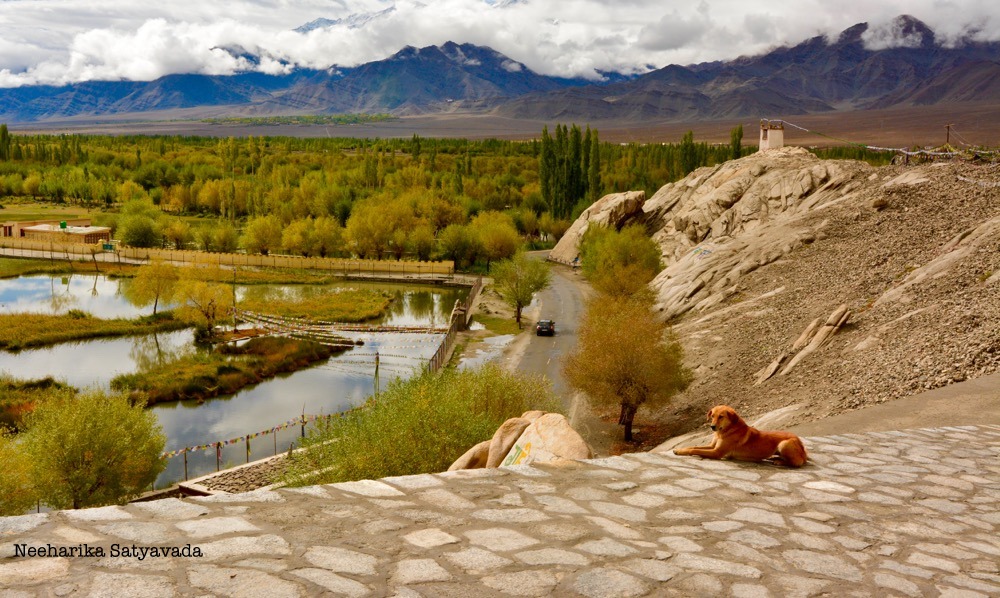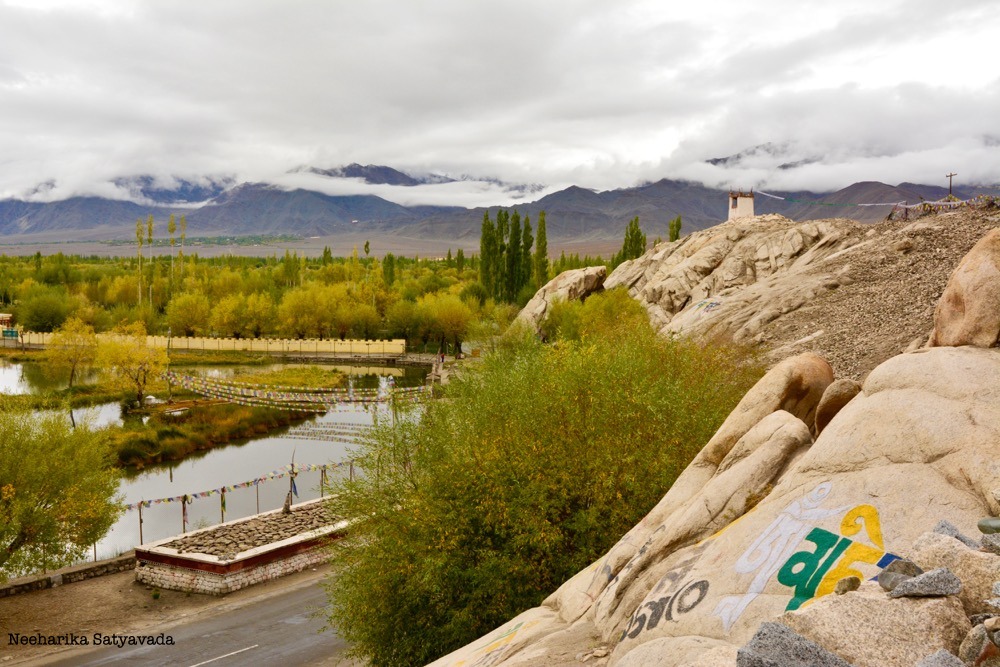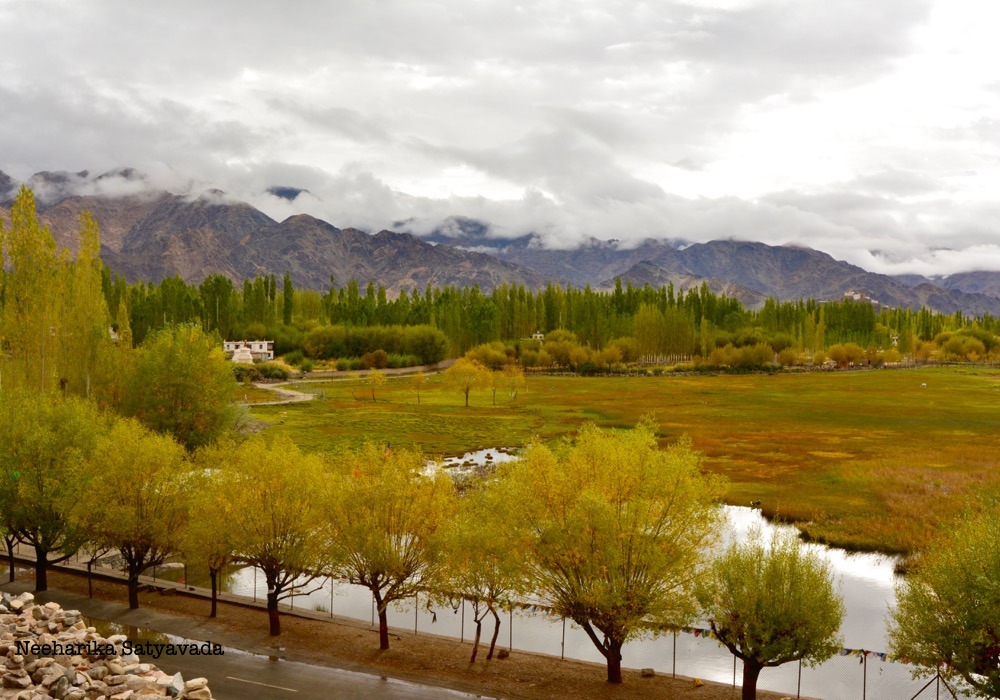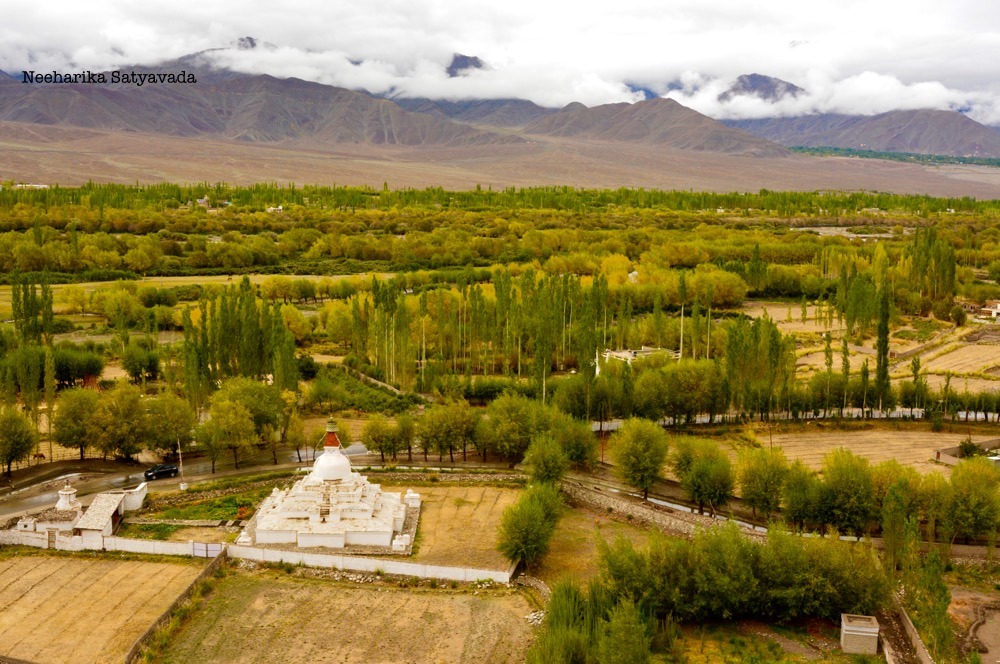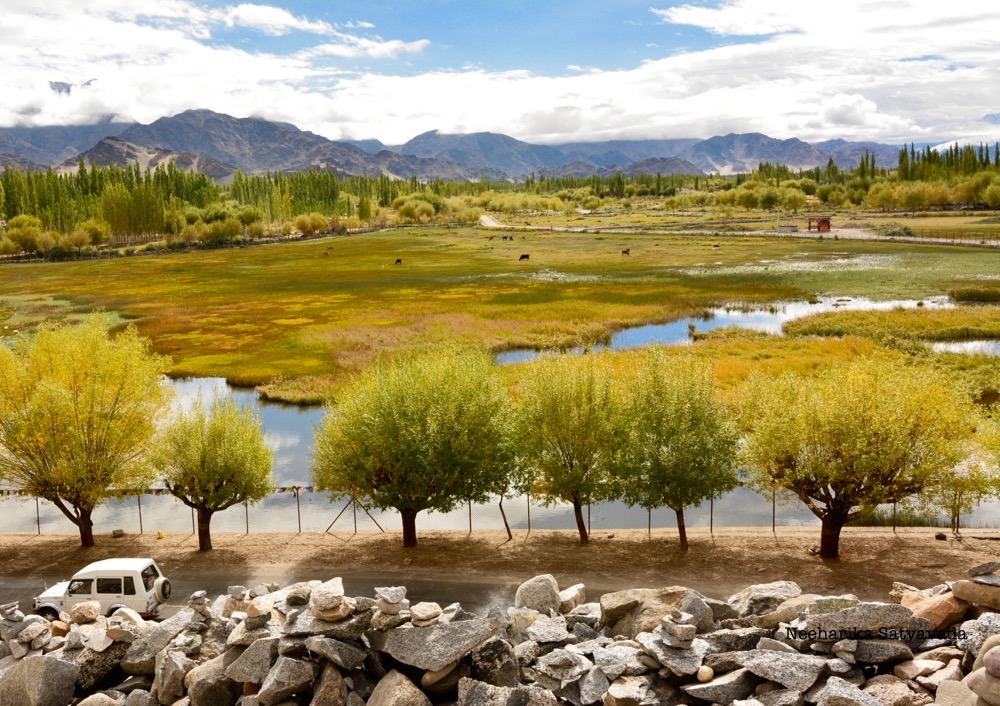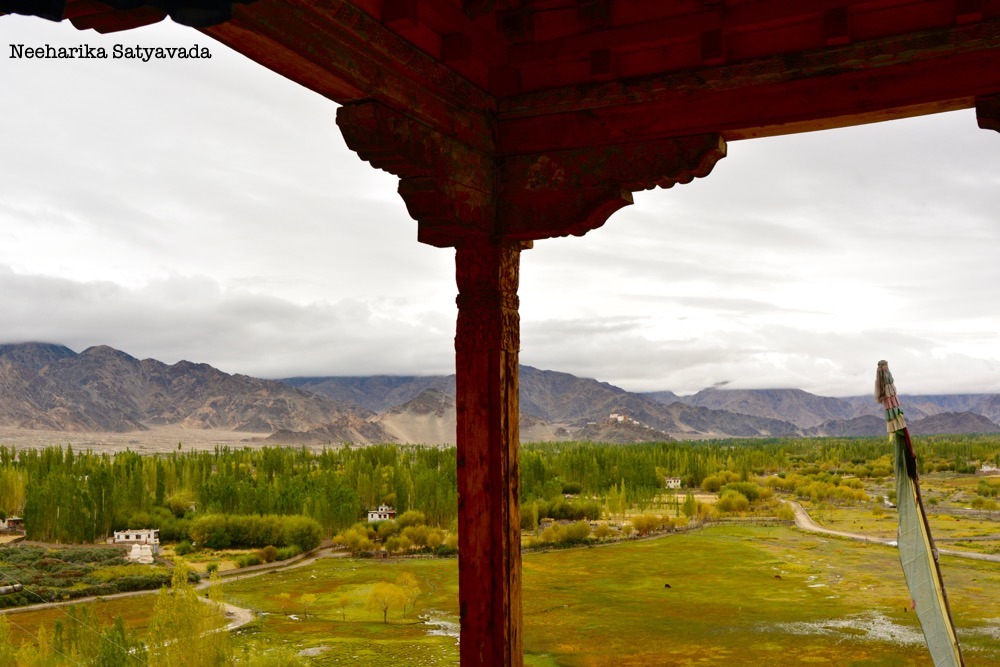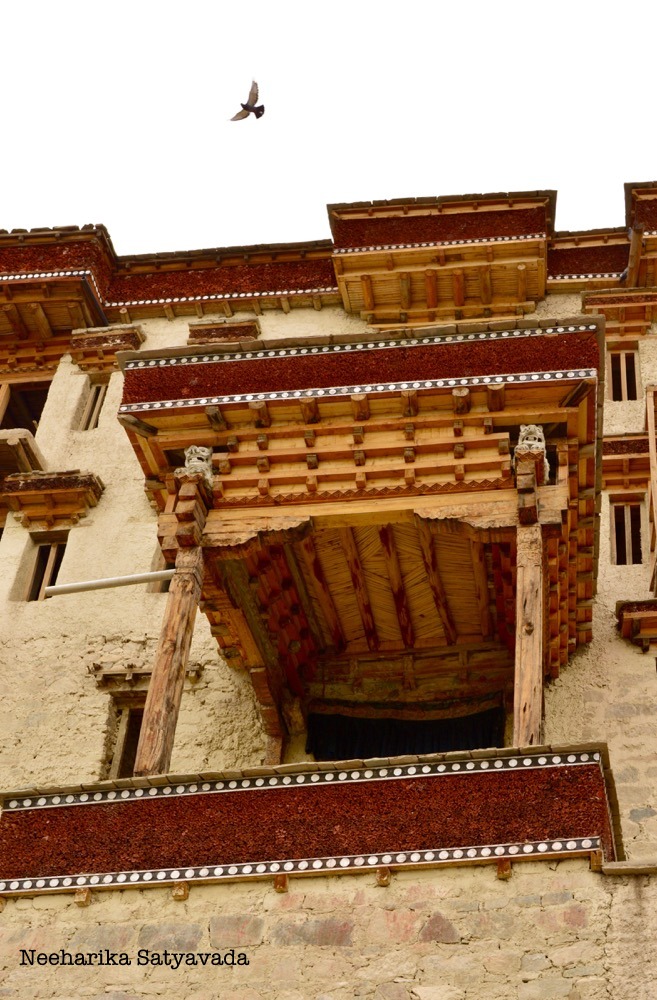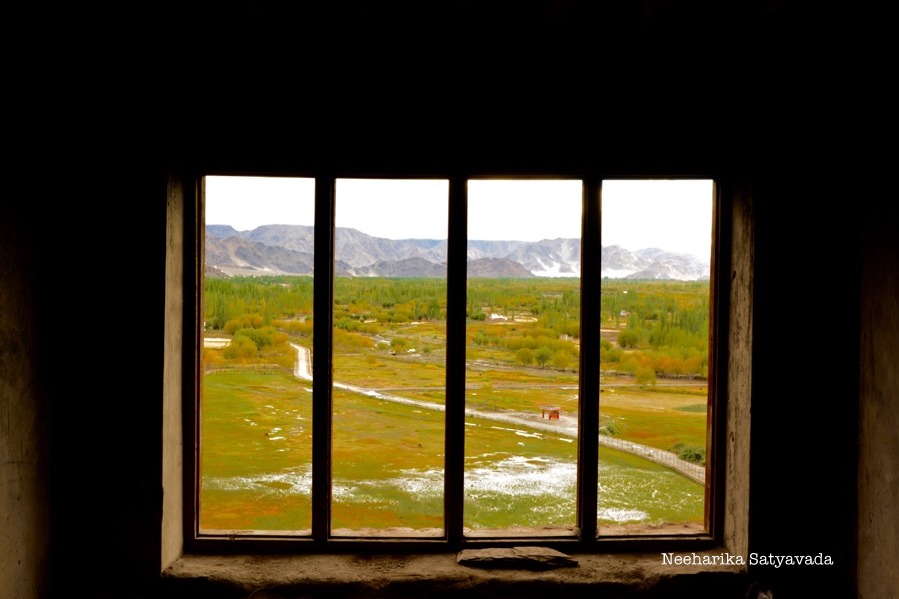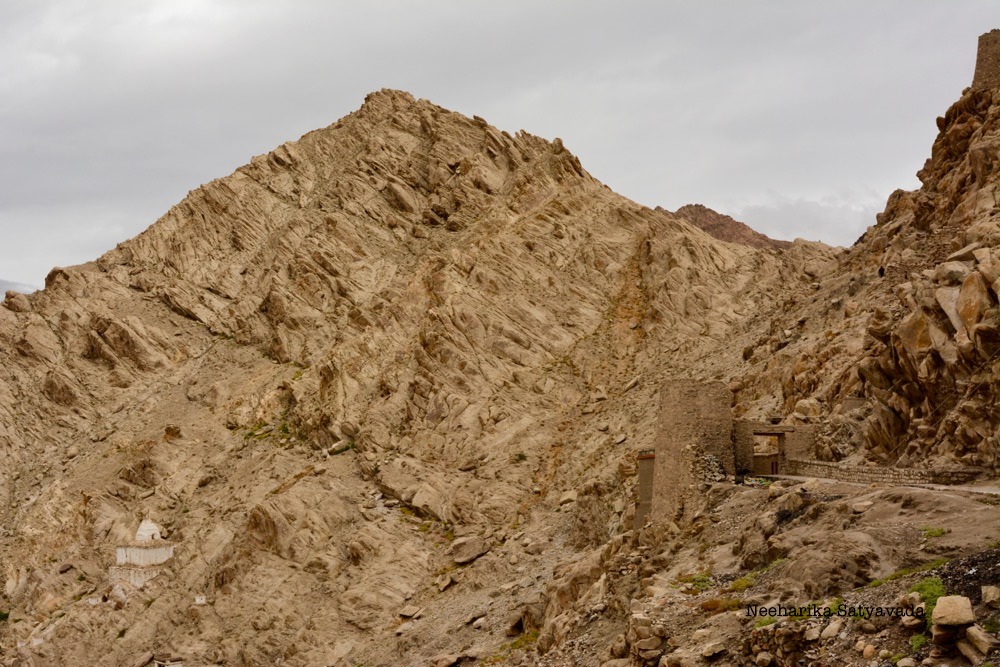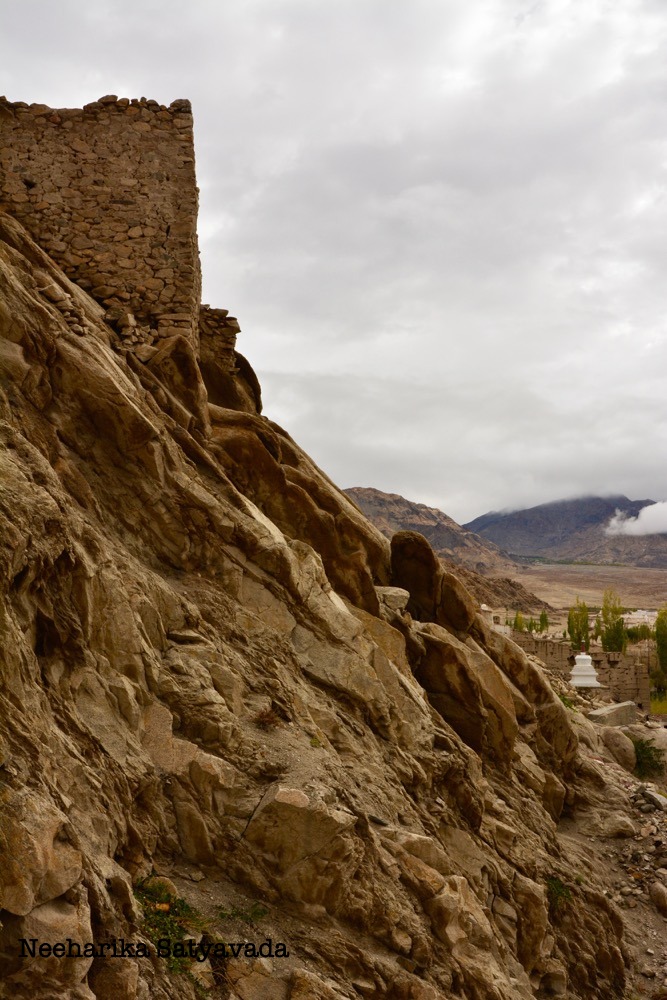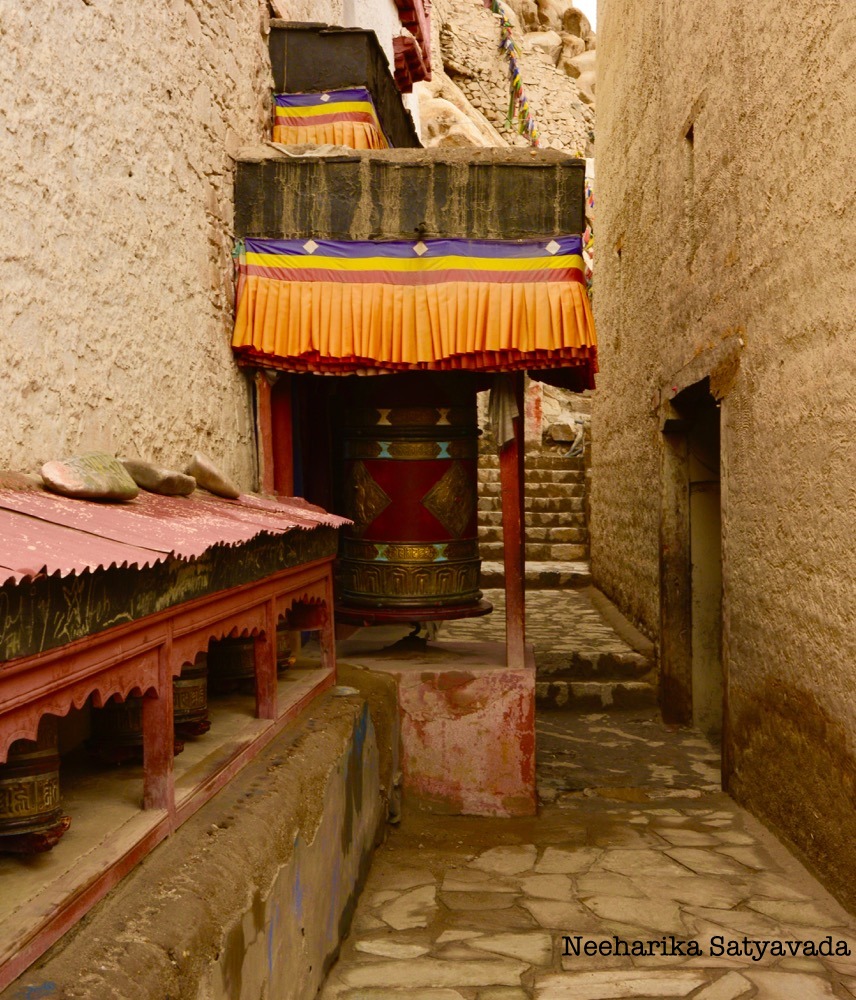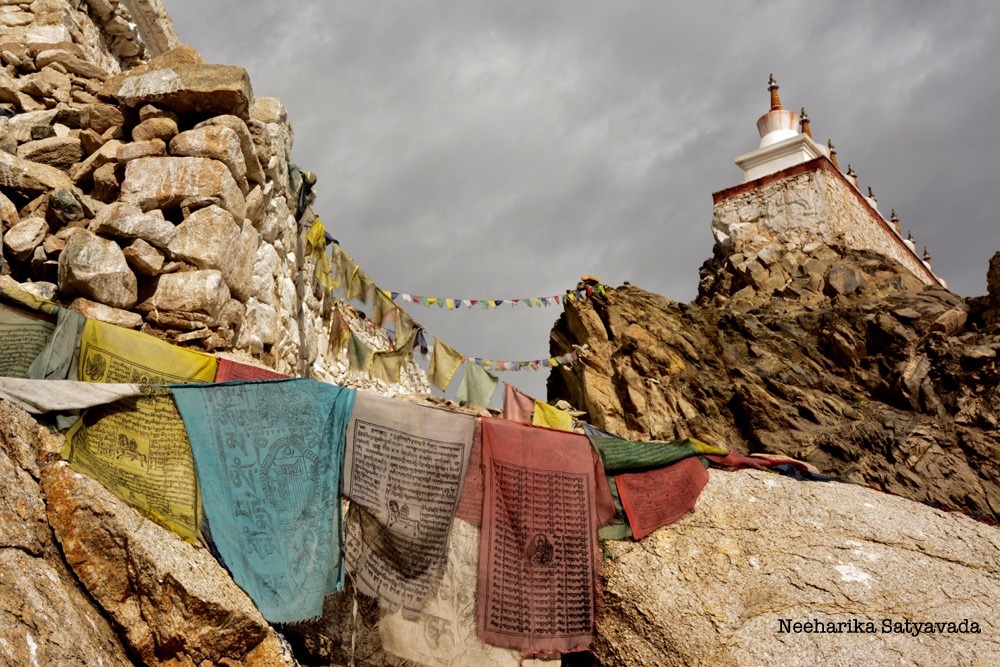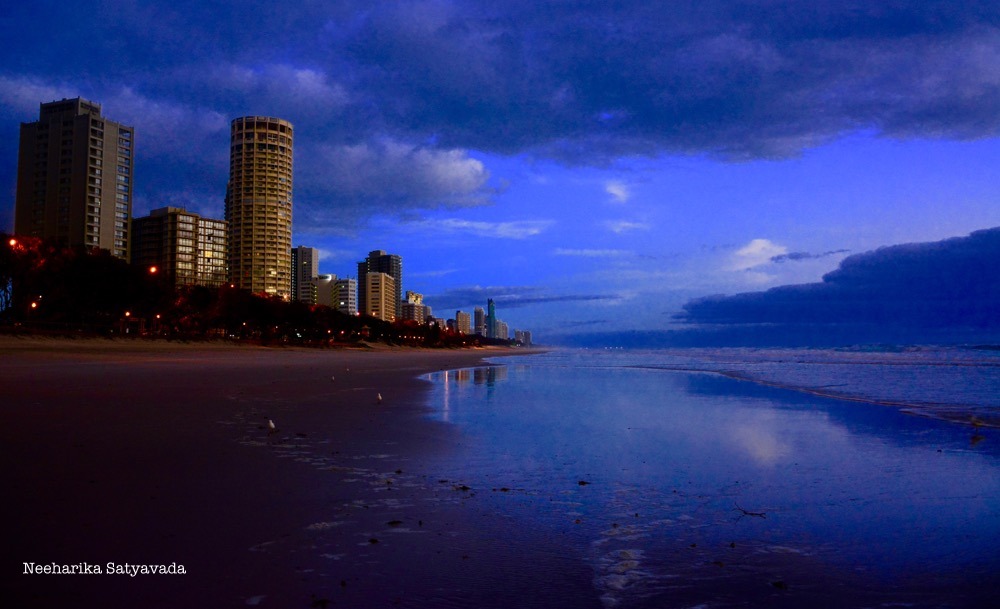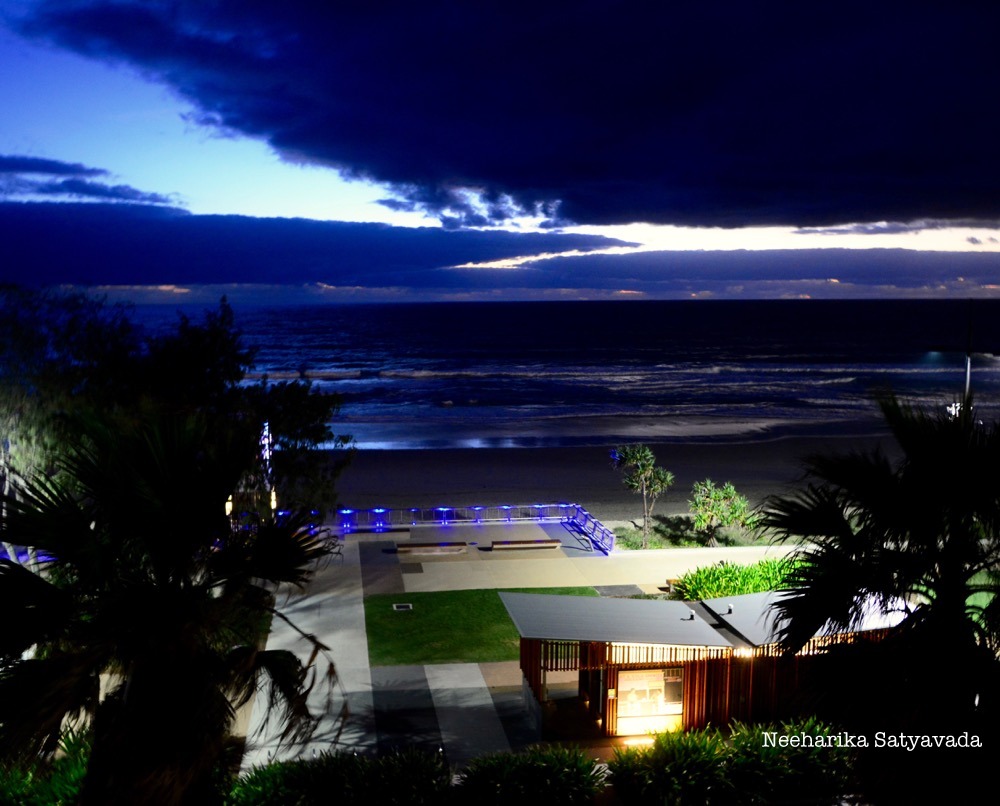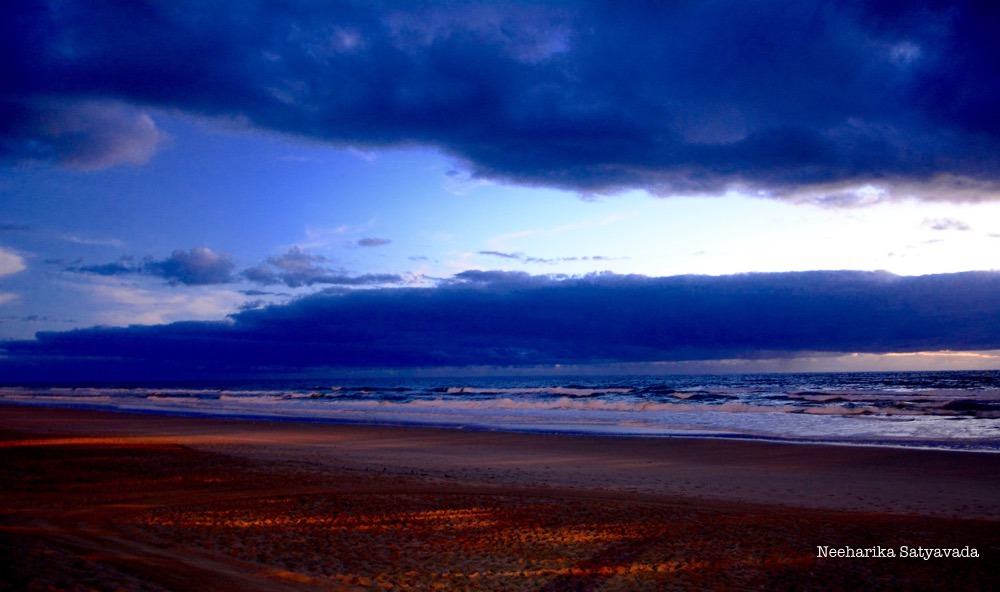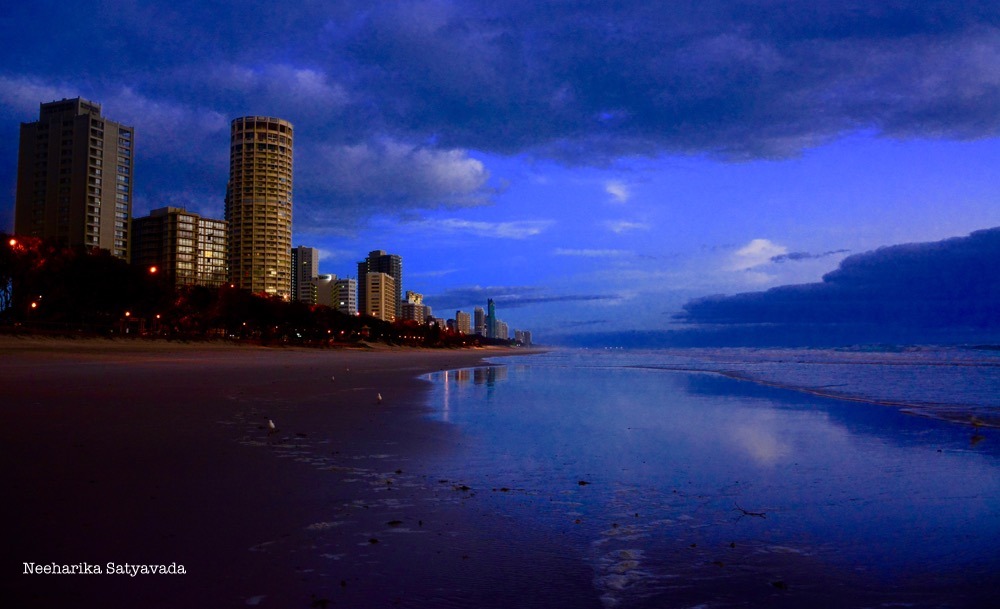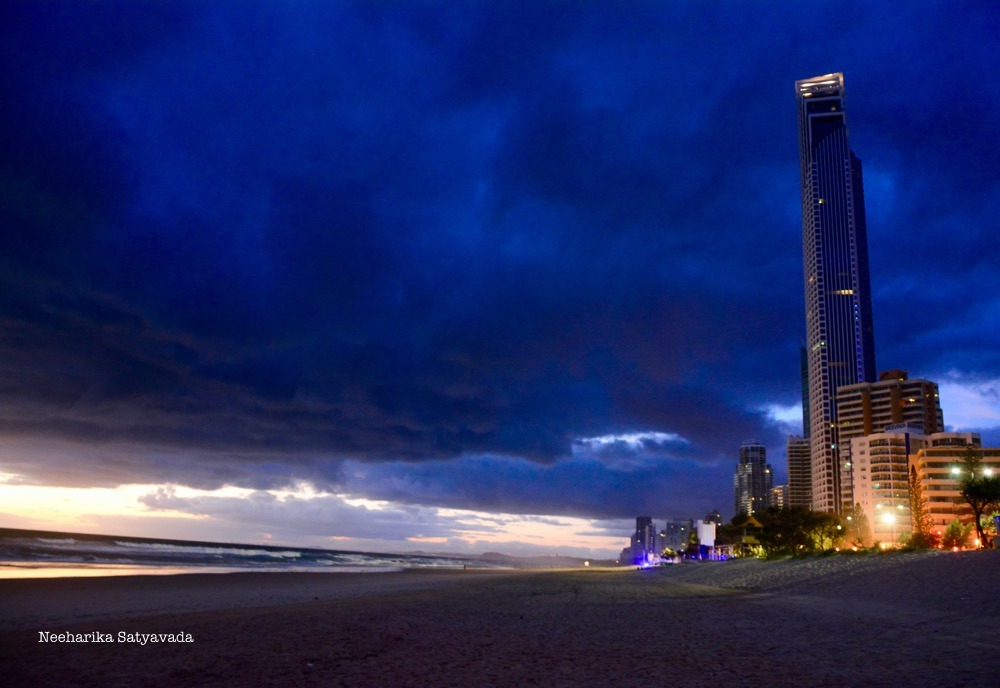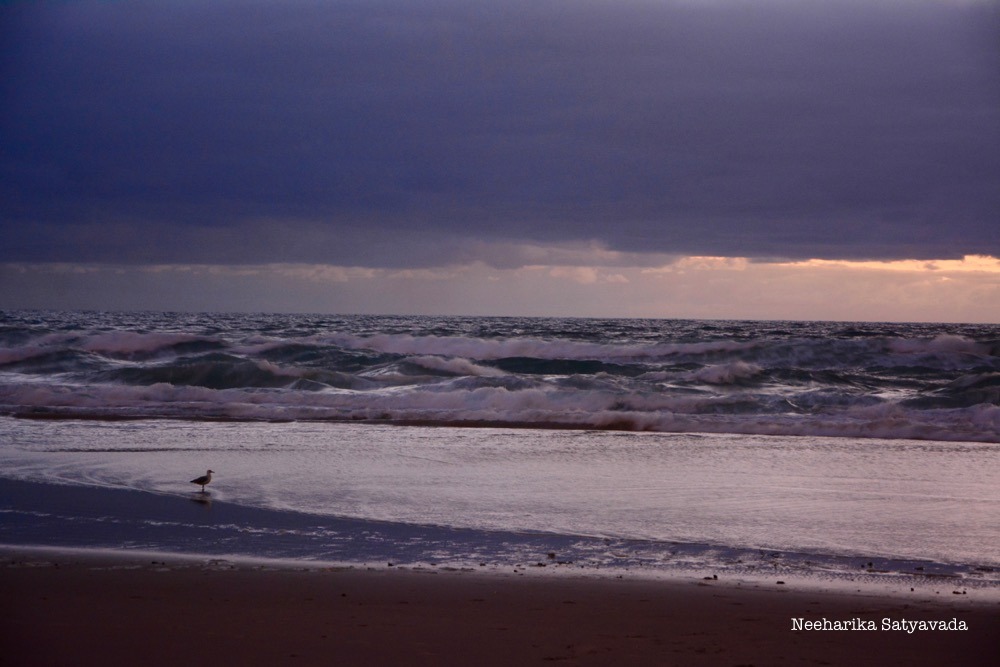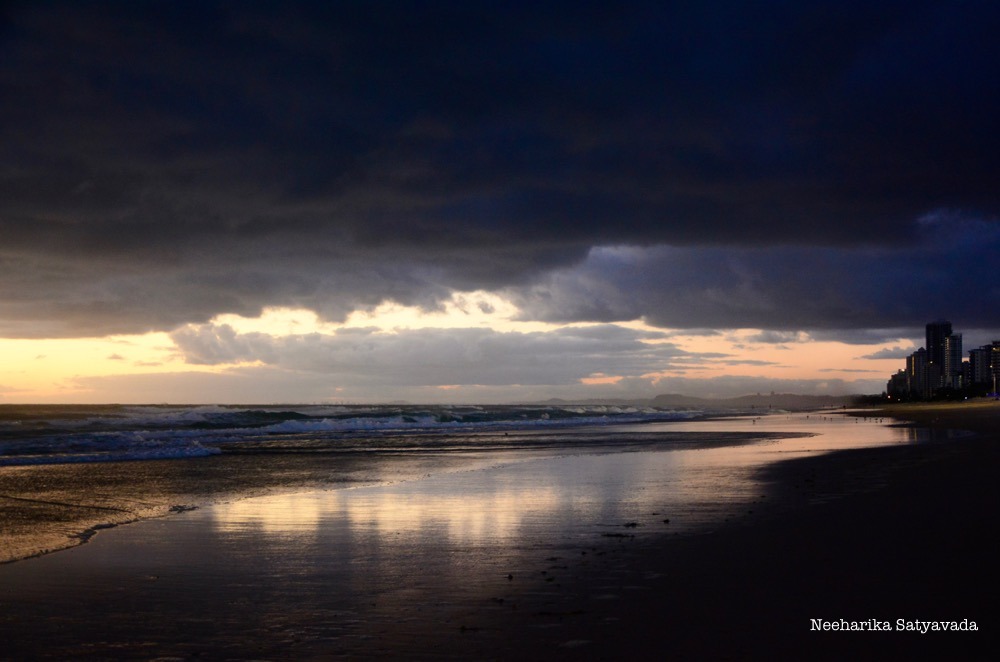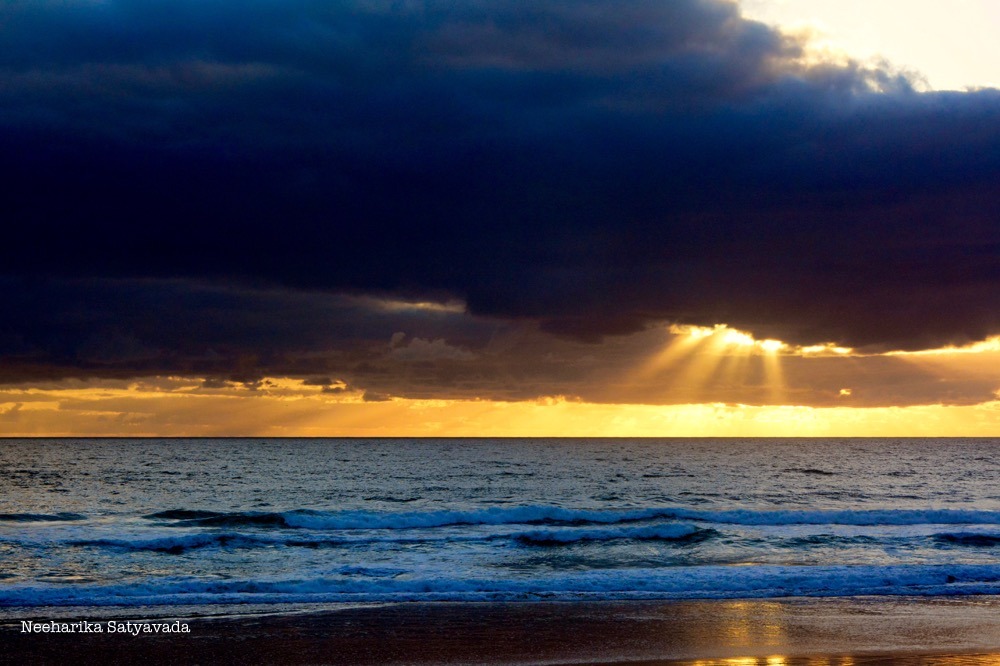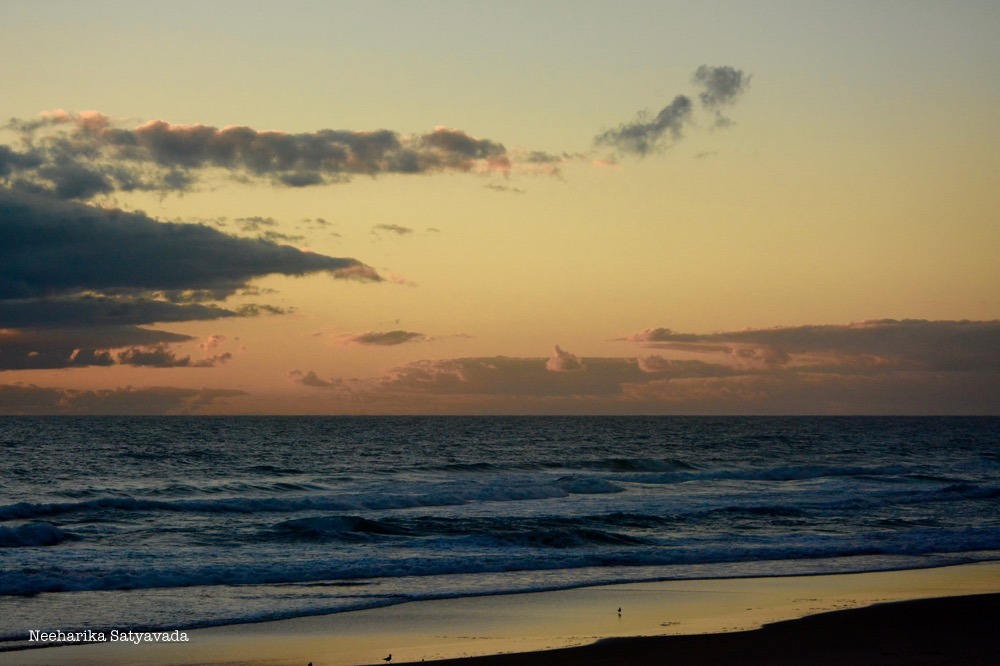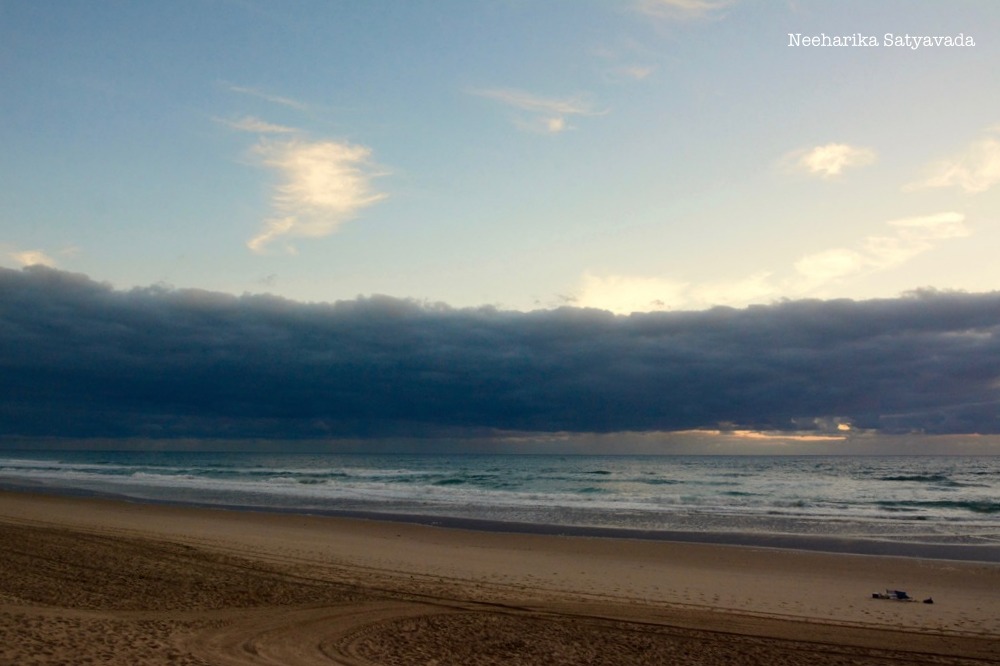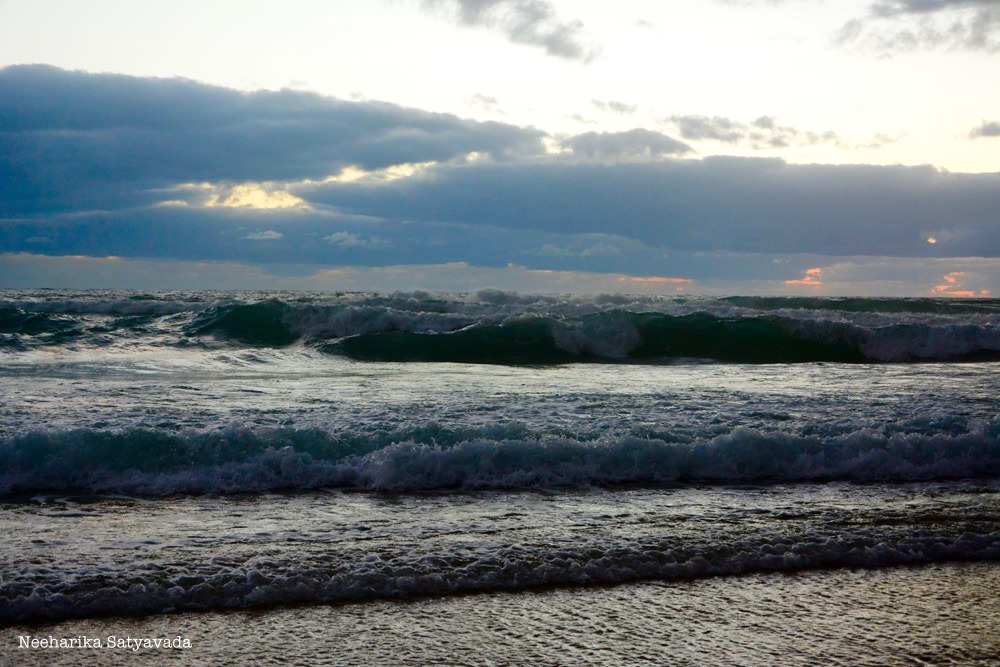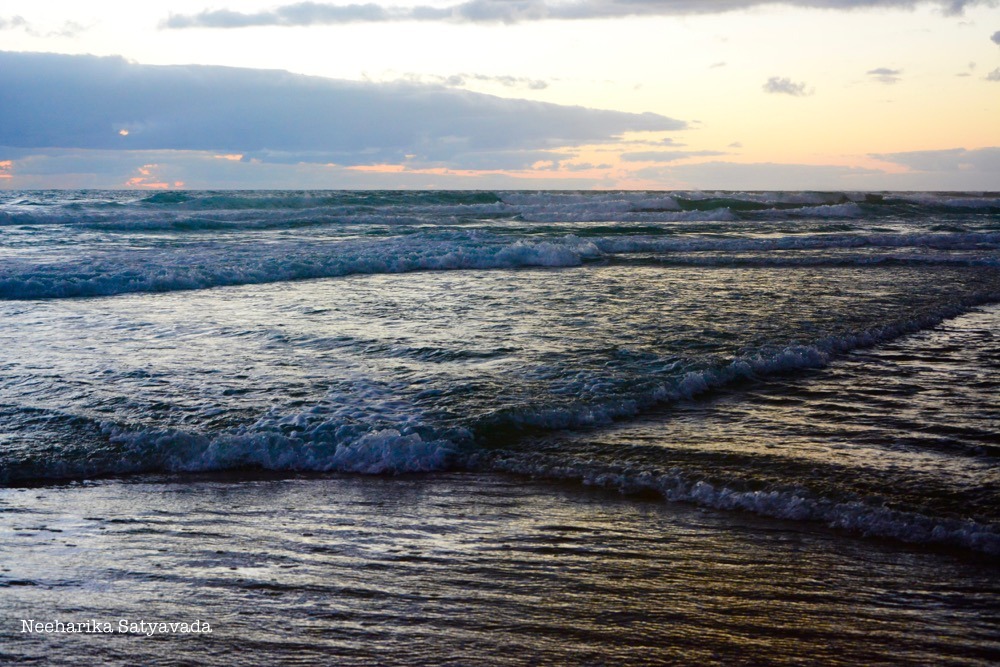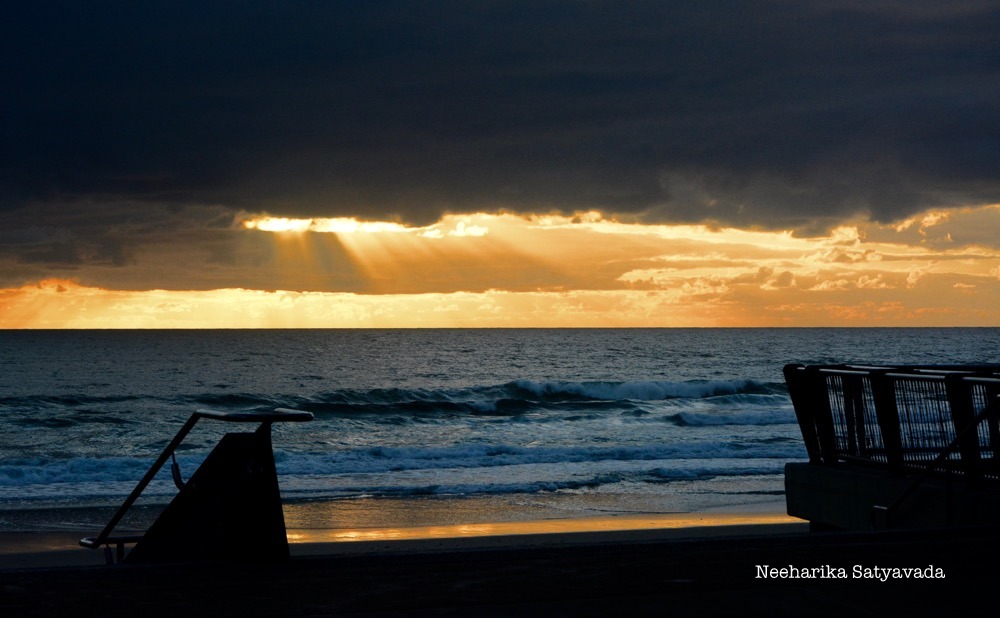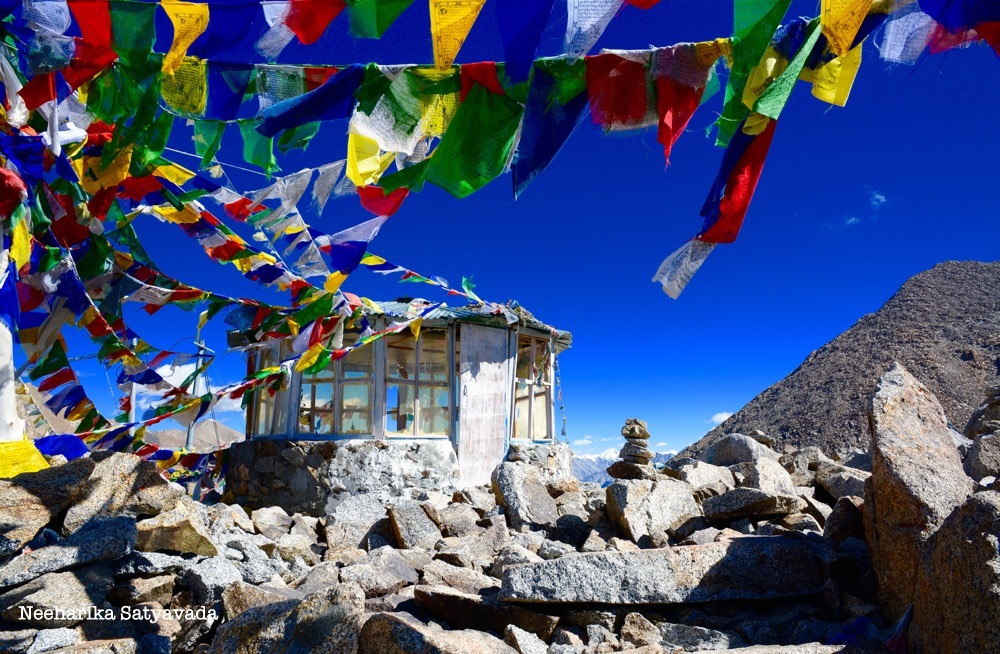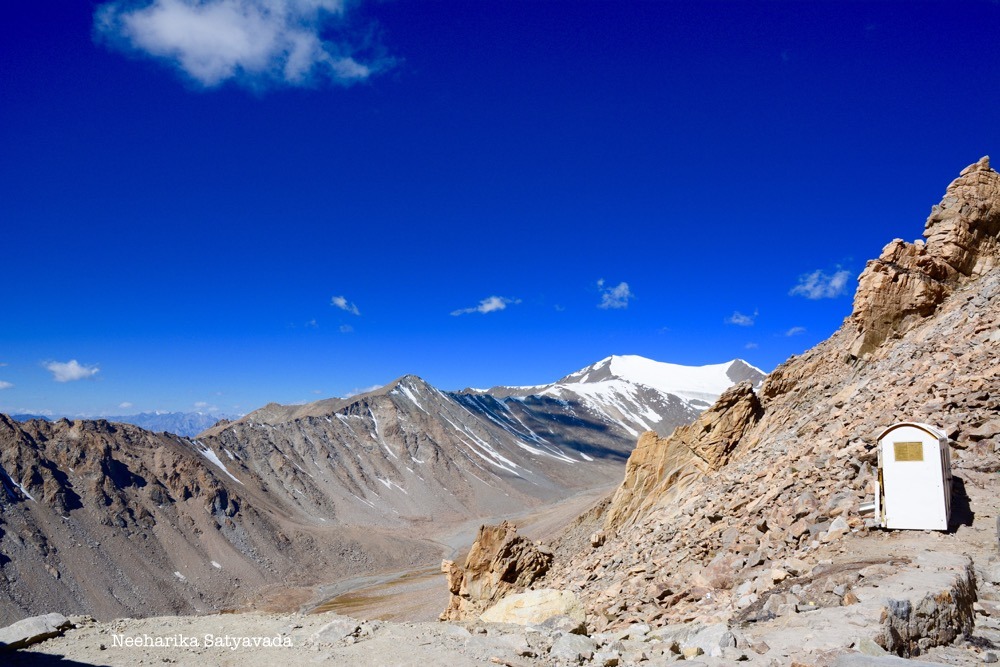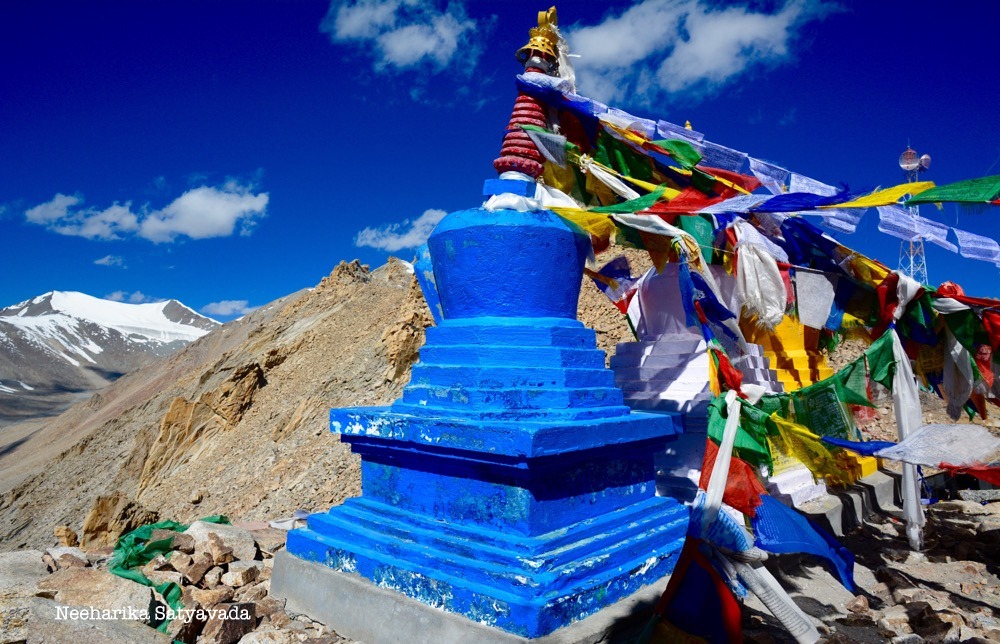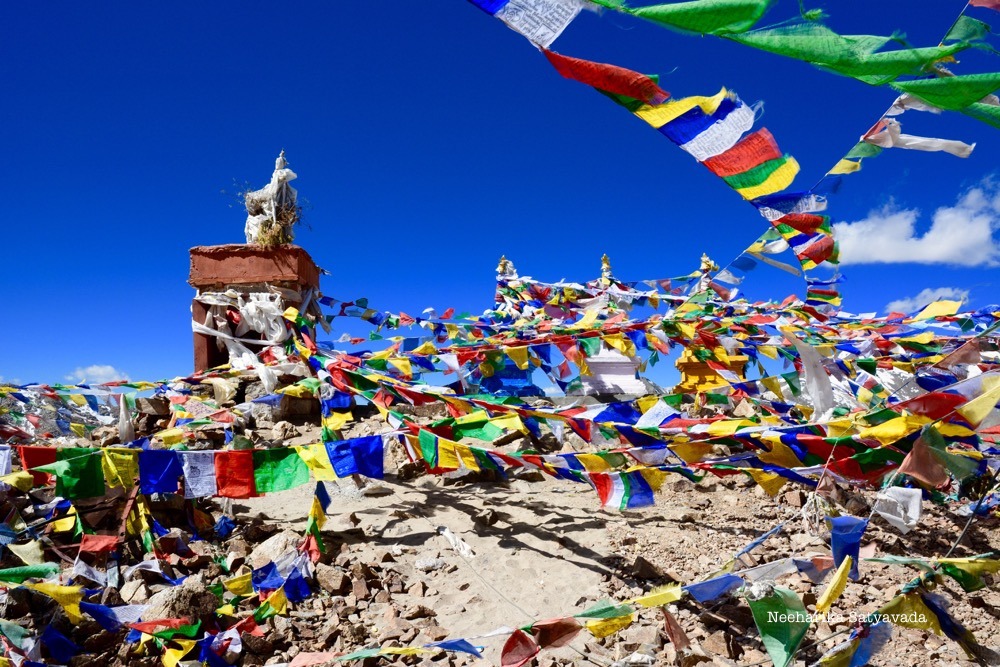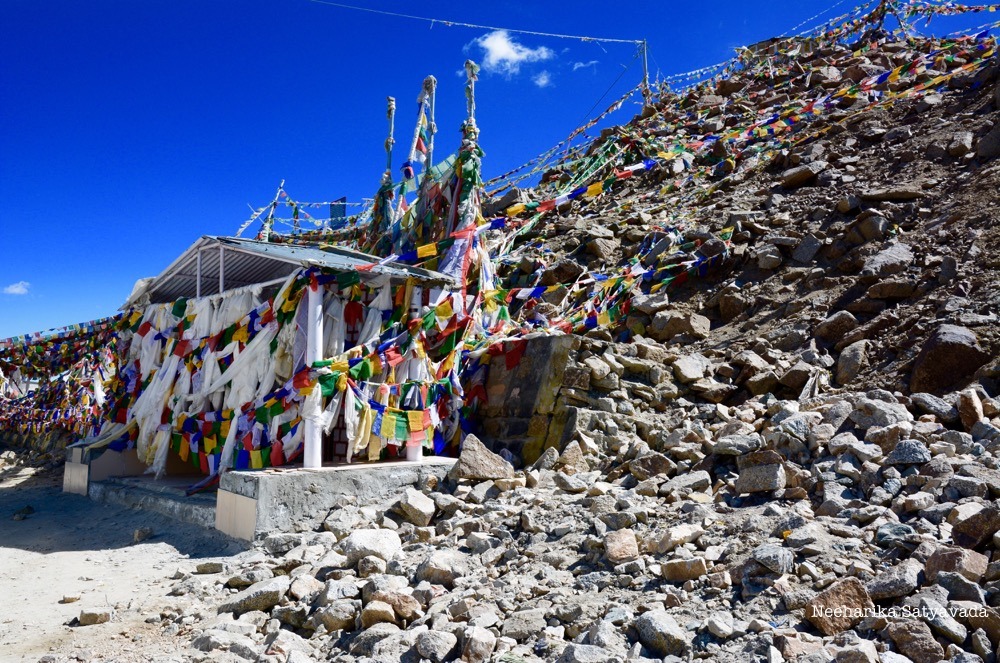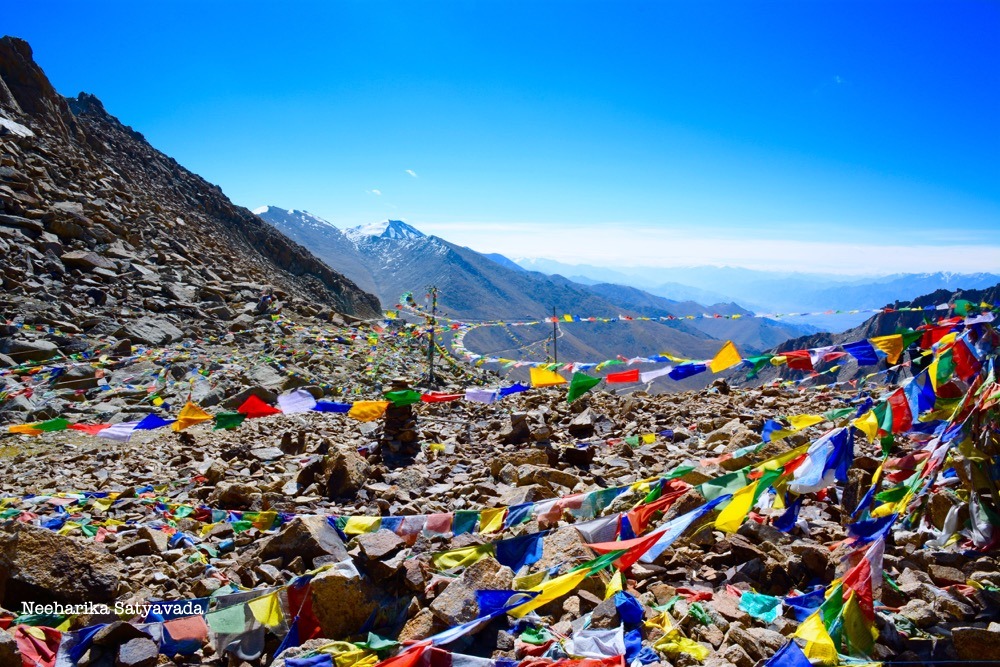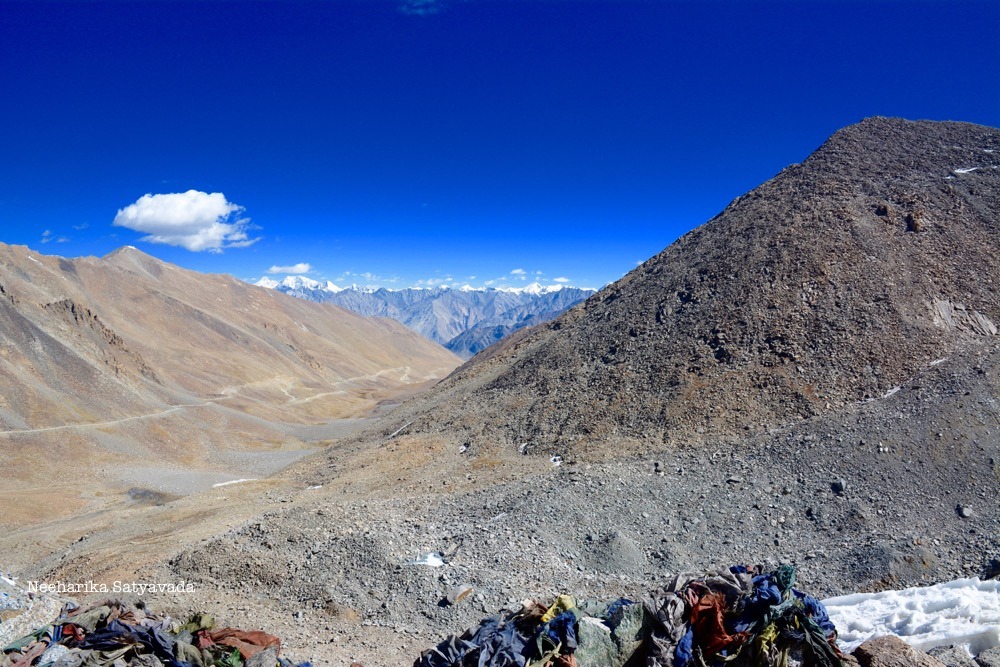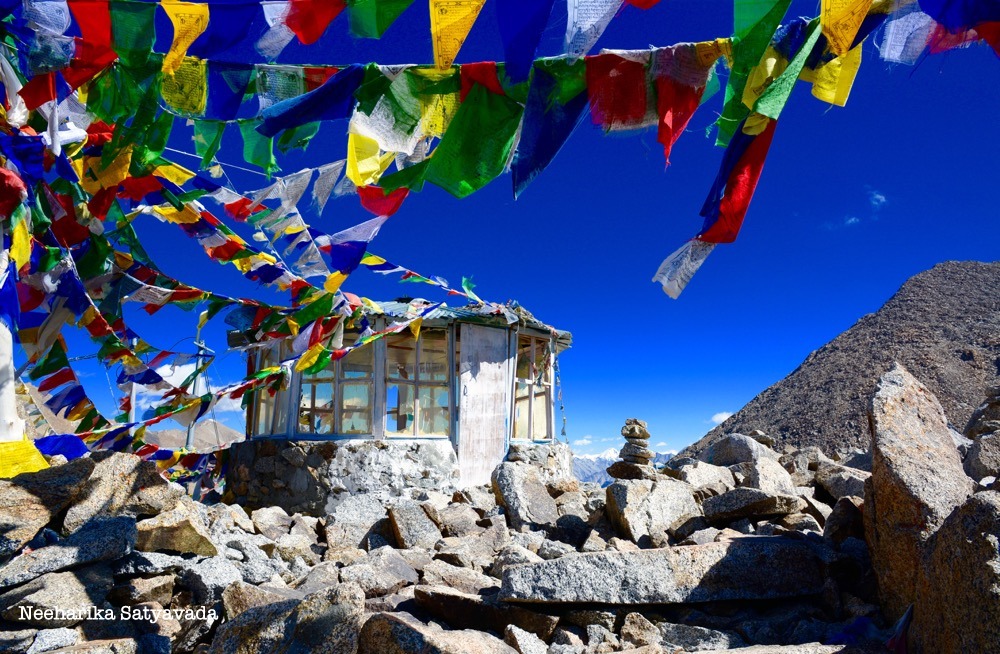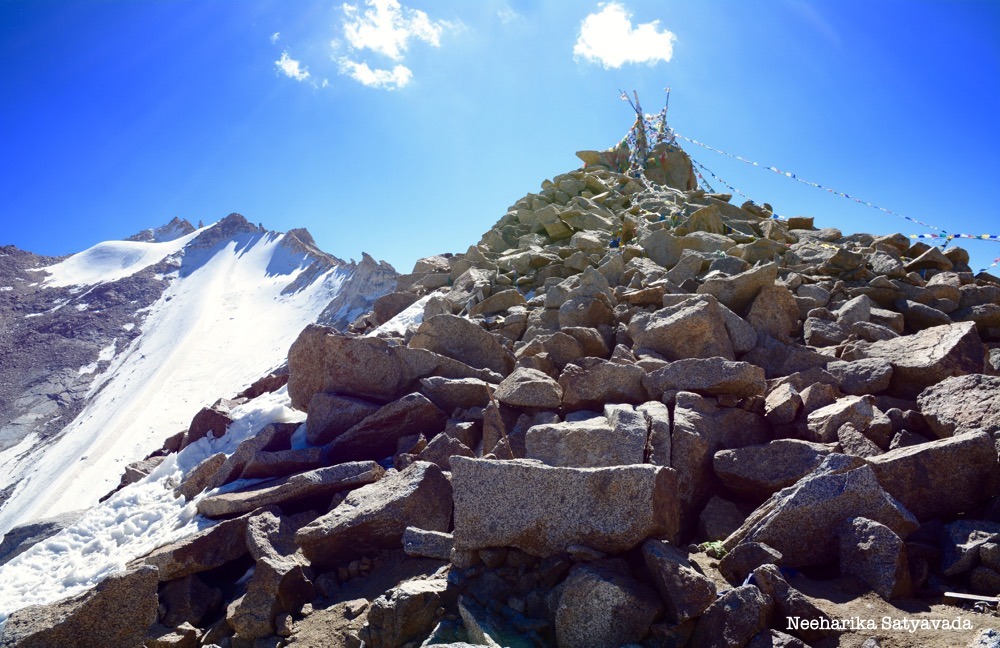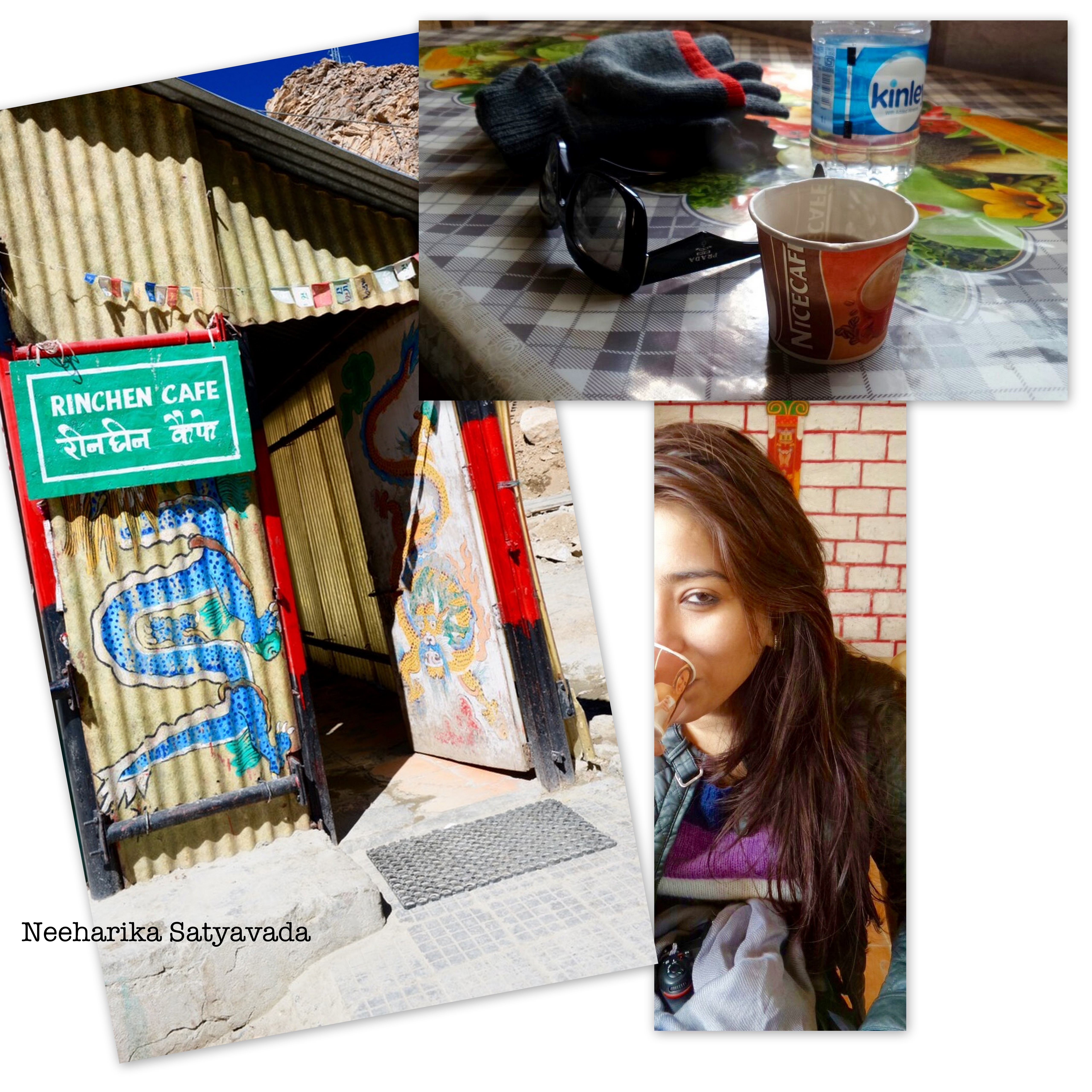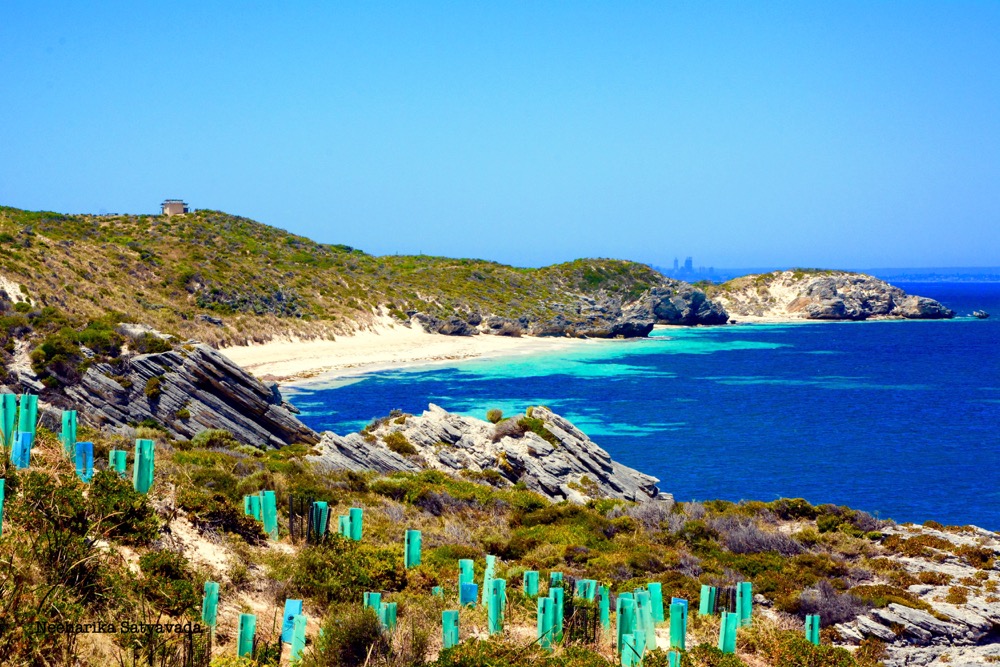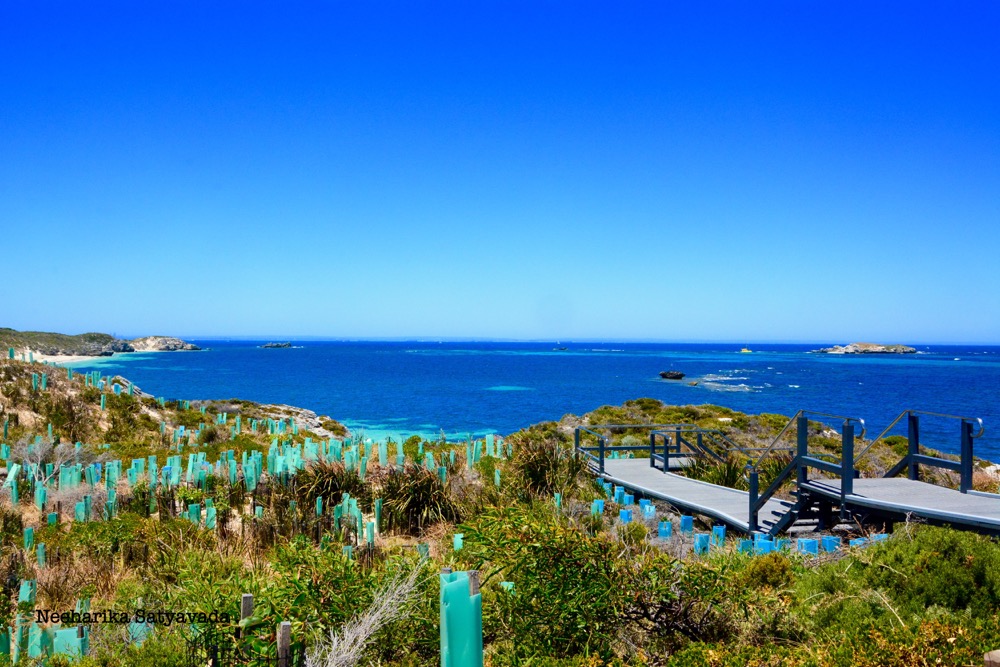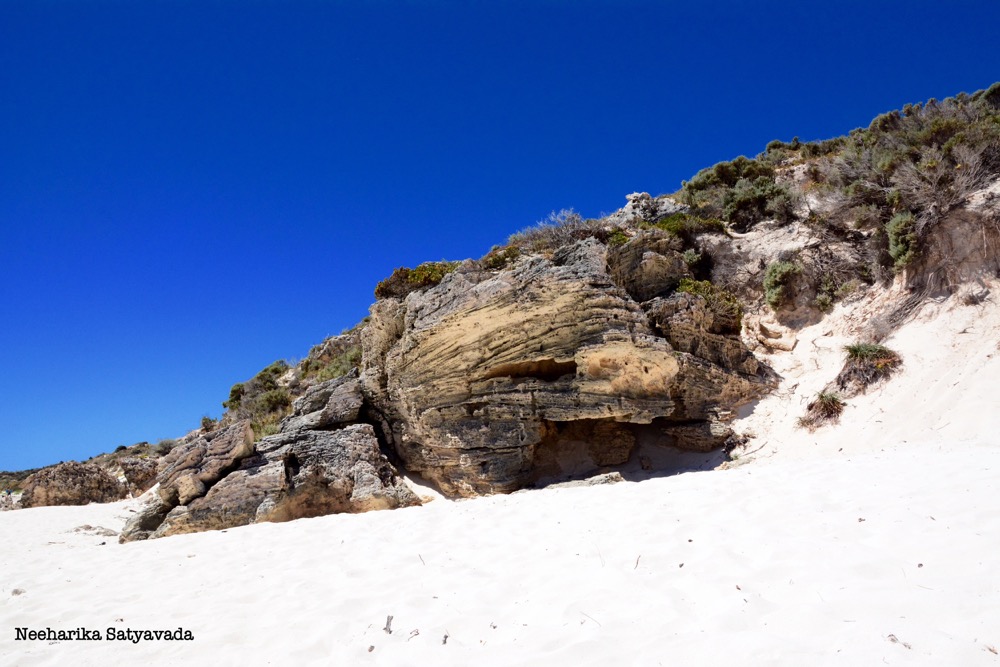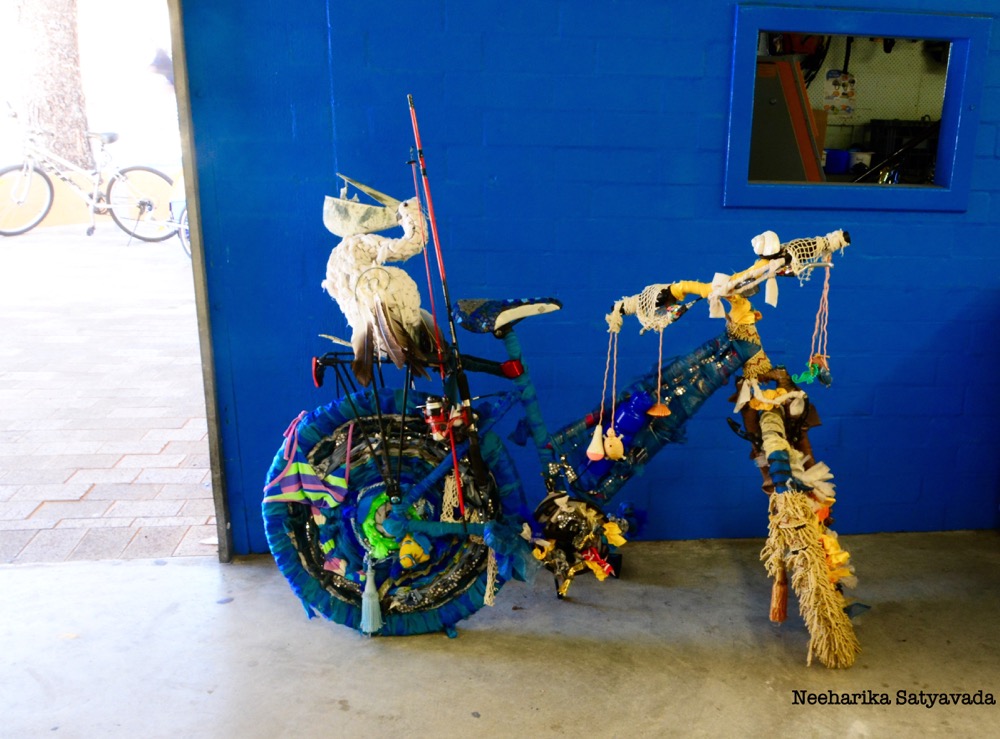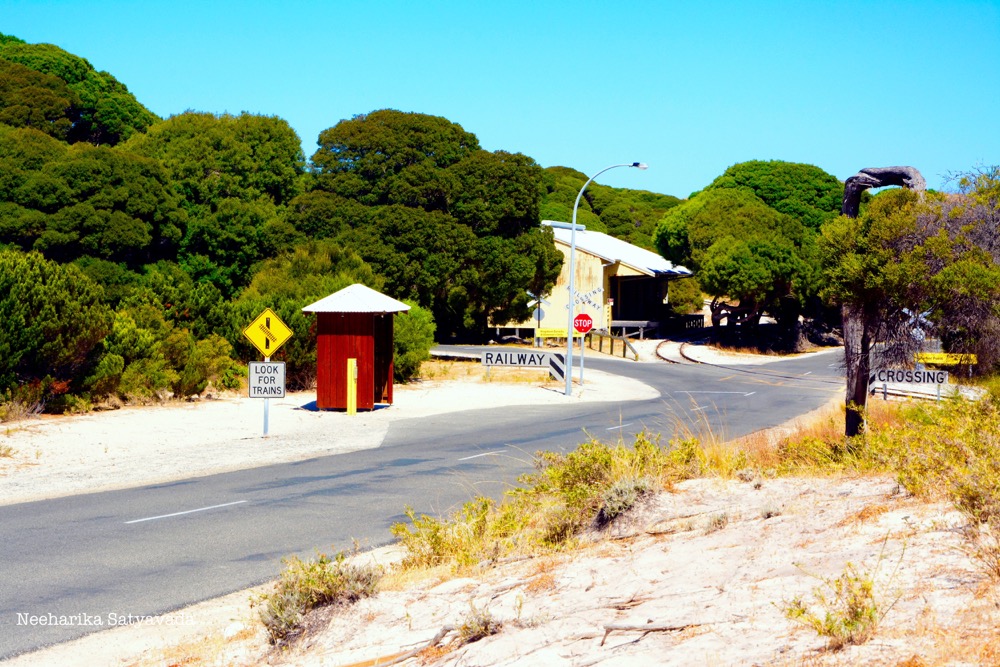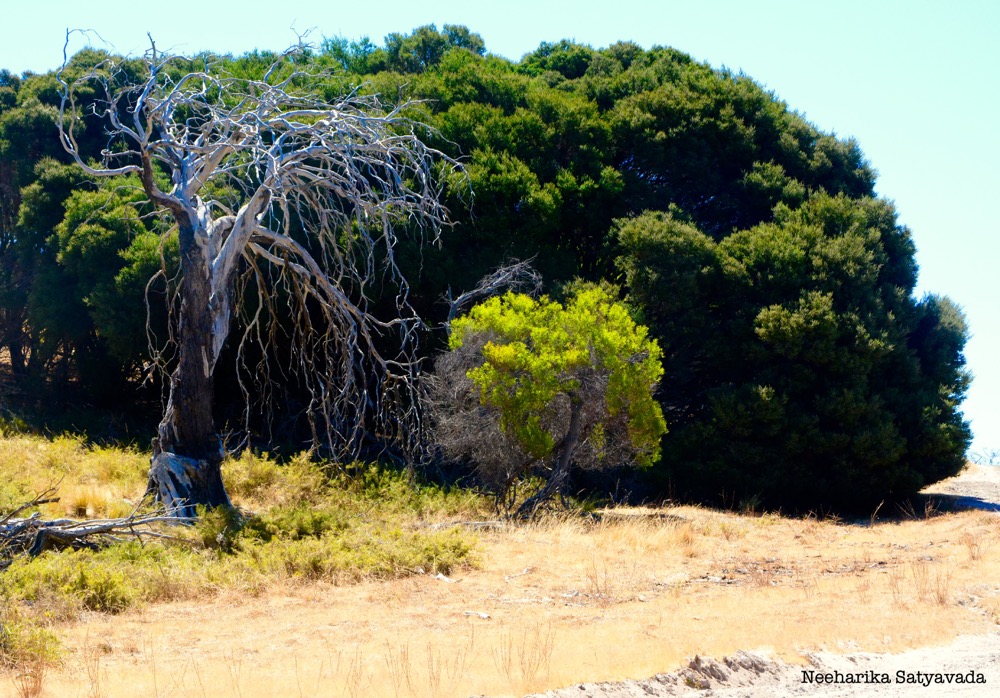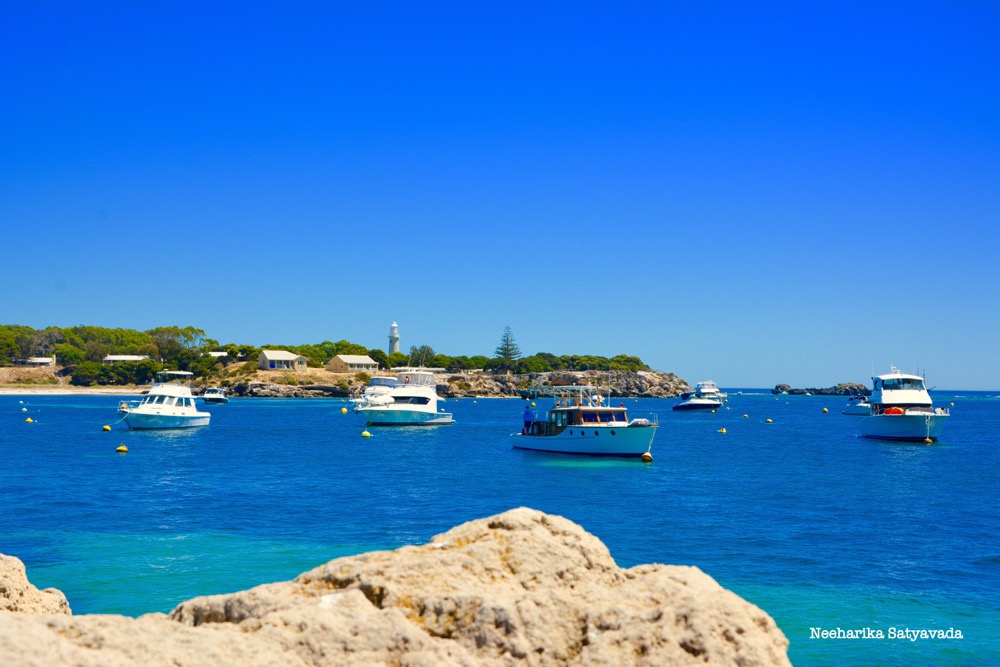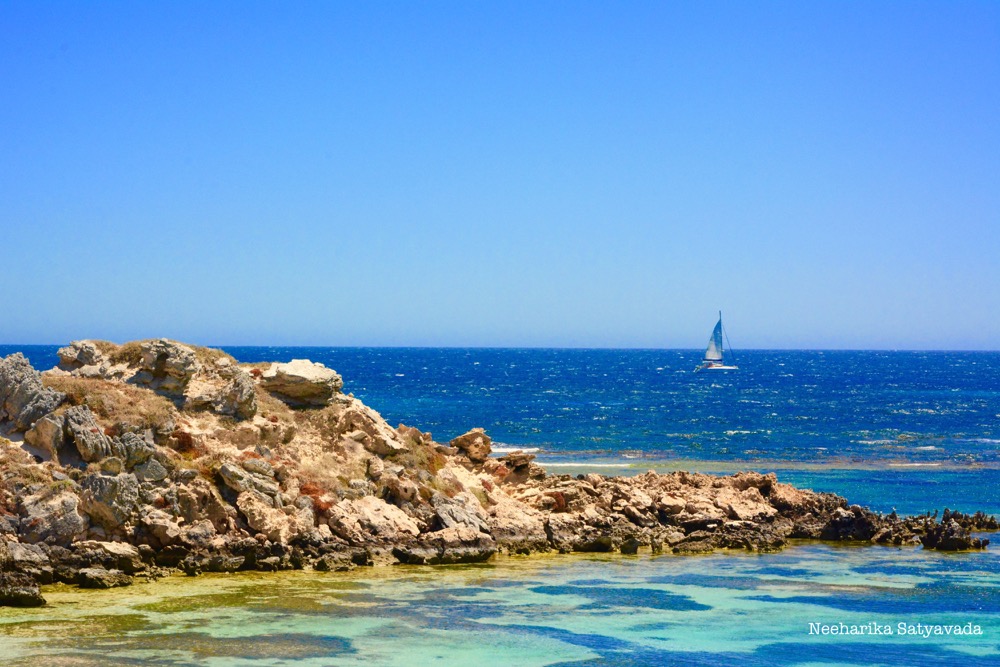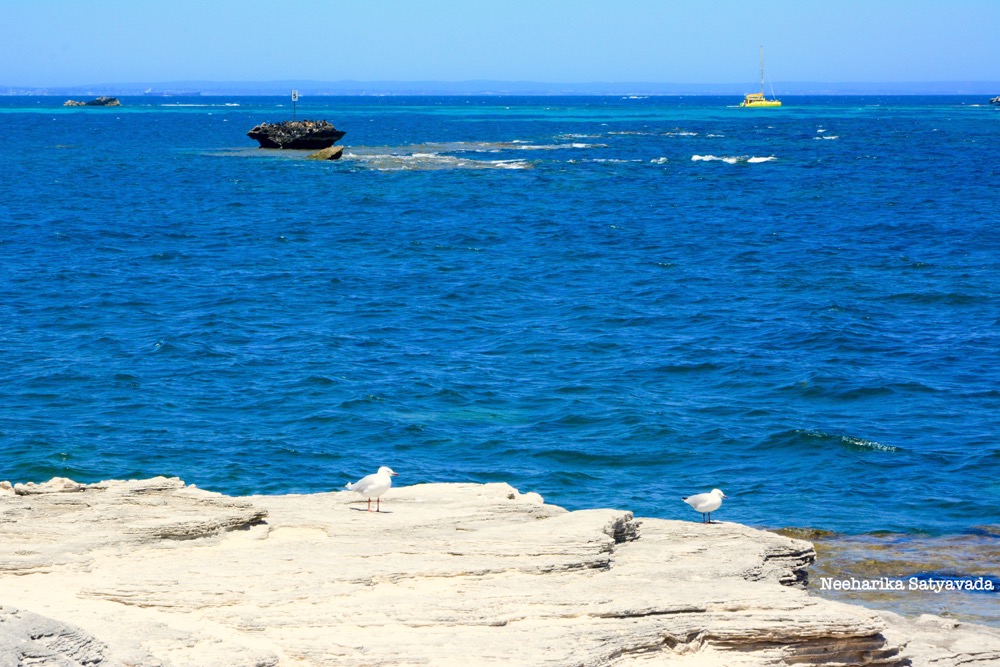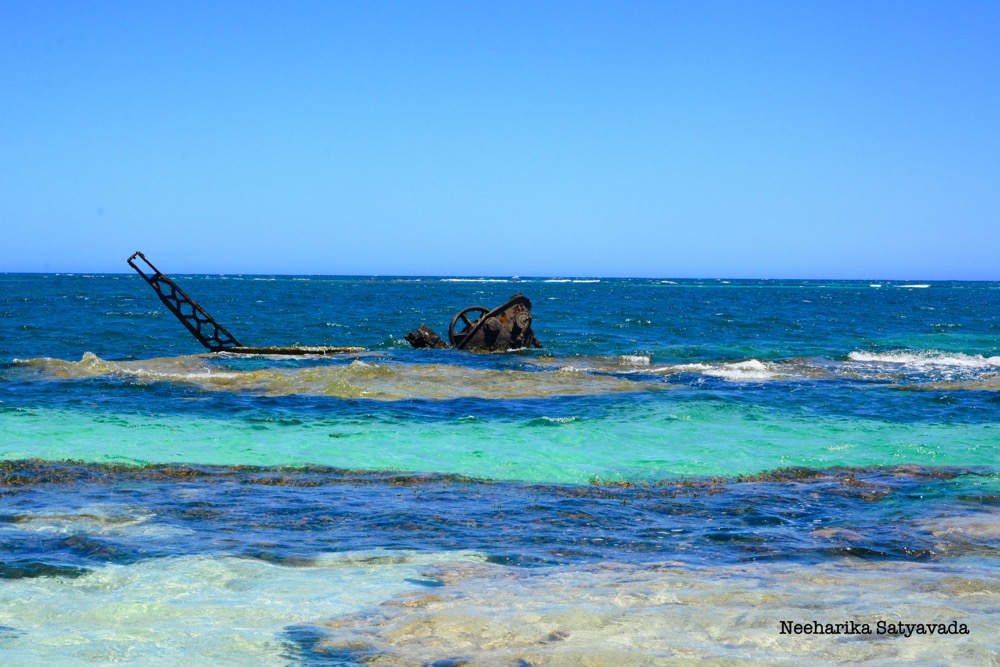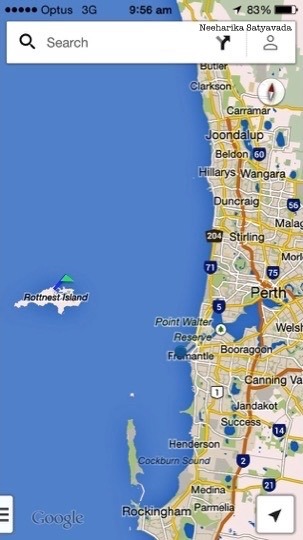Let two people interested in Photography come together and the conversation immediately veers to what lenses one has, which camera body one uses and so on and so forth!
So, for all those who wanted to know what gear I use, here it is.
This is what’s in my camera bag.
Camera
Nikon D810
My first DSLR was a DX, Nikon D7100 (18-105mm) DSLR Kit. It was feature loaded for its time and still is amongst one of Nikon’s bestsellers. & then sometime last year as I was shooting a night wedding, outdoors in a low light setting (totally out of my depth here) it suddenly stuck me that it was time for a Full Frame.
Bigger Sensor = More Information Captured = Better Image Quality
That is when I got my Nikon D810 Body.
& now even my time lapses come upload-ready. ?
*I would recommend that you only upgrade when you know you have outgrown your current system. I had used my D7100 for a full three years under different conditions to know exactly I was looking for.
Lenses
Nikon AF-S Nikkor VR 16-35mm F/4 G ED
Genre of Photography | Architecture
Now that I was upgrading and I pretty much knew what kind of photography I enjoyed the most, I decided not to get the kit lens and opted for this lens instead.
It is a brilliant choice for shooting architecture.
I am not a “digital nomad” and I only do a few big trips a year. What I do though, is to go on a whole lot of road trips, hunting down ruins, temples, forts et al. And, this lens not only gets in a lot more of that into the frame but it also gives you wonderful depth when shooting with clouds as a backdrop.
So for those days, which is most of the time, this lens is the only lens I carry.
Nikon AF-S 24-70mm f/2.8E ED VR
Genre of Photography | Landscape
The last lens I got myself was the 24-70mm as my ‘alternate primary lens’. Now, whatever that means!
Here is why.
The 16-35mm is still my primary but when it comes to good old landscapes it is a bit limiting. For you cannot really play around with your composition where landscapes stretch away infinitely in to horizon. (Read mountains, deserts..)
Also there are trips where I can only carry one lens and then there are those where I can take along all my lenses but the conditions are such that it gets tough to change them too often. For instance, shooting winter landscapes in the subzero tempertures of the Himalayas.
It has in fact become my go-to lens and it rounds out my camera system perfectly.
Nikon AF-S 85mm F/1.8G Prime
Genre of Photography | Portraits, Food, Macro
I use this lens only rarely. I can vouch for its picture quality though. It is super sharp and the background blur just about perfect.
Nikon AF-S Nikkor 70-200mm F/2.8G ED VR II
Genre of Photography | For everything else!
This one is a work horse and is probably one of the most loved Nikon lenses ever. And, rightly so. I use it for just about anything from Bird Photography to Portraiture.
Got this one even before I got my D810 and it works just as good on a DX body.
Camera & Lens Accessories
Tripods
Benro T600EX Tripod with Head
This basic Benro tripod is the one that I have always used.
An inexpensive aluminium tripod like this is perfectly good for most kinds of photography unless you intend to use it in difficult terrains. Besides you wont feel irresponsible for sending it off in check-in baggage!! ?
Manfrotto Befree Carbon Fiber Travel Tripod
Because a sturdy, carbon fibre tripod can be used even in rough weather. For, it isn’t recommended to handle aluminium tripod legs without gloves in sub zero temperatures, also aluminium tripods are not sturdy enough in strong winds. Plus, this one is compact and lightweight too, making it ideal for Travel Photography.
& yes, it fits perfectly in the side pocket of my camera bag.
Velbon Sherpa 200R with PH157Q Pan Head
Sturdy. Available in India only now.
Camera Bags
Manfrotto Travel Backpack
National Geographic NG W5050 Small Rucksack
Memory Cards + Backup
Saves me the worry on those long trips entirely dedicated to photography. Also, it is safer to divide your memory into smaller units rather than risk putting all your photos and videos on one large memory card.
CF Cards
SanDisk Extreme PRO CF Card 32GB
SanDisk Extreme CF Card 32GB
SD Cards
SanDisk Class 10 SD Card 32 GB
SanDisk Class 10 SD Card 16 GB
Sony Class 10 SD Card 32GB
Card Reader
Transcend Card Reader for SD & CF Cards
Card Case
Memory Card Case (unbranded)
External Hard Disks
Seagate Backup Plus Slim 2TB Hard Disk
Seagate Backup Plus Slim 4TB Hard Disk
I can never have enough of Hard Disks shooting RAW!
Spare Batteries
Nikon EN-EL15 for my D810. Extreme weather conditions, far out places lacking access to electricity call for these.
Lens Cleaning Kit
I have a basic Photron Lens Cleaning Kit but if don’t mind splurging a little then I would say go whole hog with the Zeiss Lens Cleaning Kit. Besides being Zeiss, this one comes with a cleaning brush and a little pouch to carry it all in. Because, I know we all love our cameras and photography is one hobby that once you are in, you just cannot seem to stop coveting the brands or forever adding to the wishlist.
Camera Rain Cover
The Neewer Camera Rain Cover is the one accessory that I can not stop raving about! I have always just used my camera bag’s rain cover whenever I found myself stuck in a downpour while out shooting and had never really felt the need for this. And, then I got this camera rain cover as a gift and it was only after I used it in the Goa Monsoon, that I realised how much I loved it.
Extension Tubes
Kenko Extension Tubes + 85mm Prime = Macro Photography
Extras
iPhone 7+
Useful For| Portraits, Food Photography
Well, it is more of an essential rather than an extra. But yes, I use it for my Food Photography, Flatlays and whenever I want to quickly freeze a travel memory. That way I dont lose out on a moment looking for the right lens and I can still get a sweet enough background blur with the dual cameras on the iPhone 7 Plus.
Samsung Note 8
Useful For| Anything!
A mini point and shoot this one. Almost my secondary camera.
Manfrotto Pixi Smart
Useful For| Tripod for Videos, Selfies
Allows you to use the time-lapse and timer modes on the iphone.
Fujifilm Instax Mini 8
Useful For| Fun Polaroids
It was a present and I take it along on trips when I can afford to pack a little extra. For just a little behind the scenes fun!
Got anything specific to ask about photography or camera gear? Let me know in the comments below.
You can also get in touch with me here.
Travel with me. Come find me on Instagram, Facebook or Twitter.
